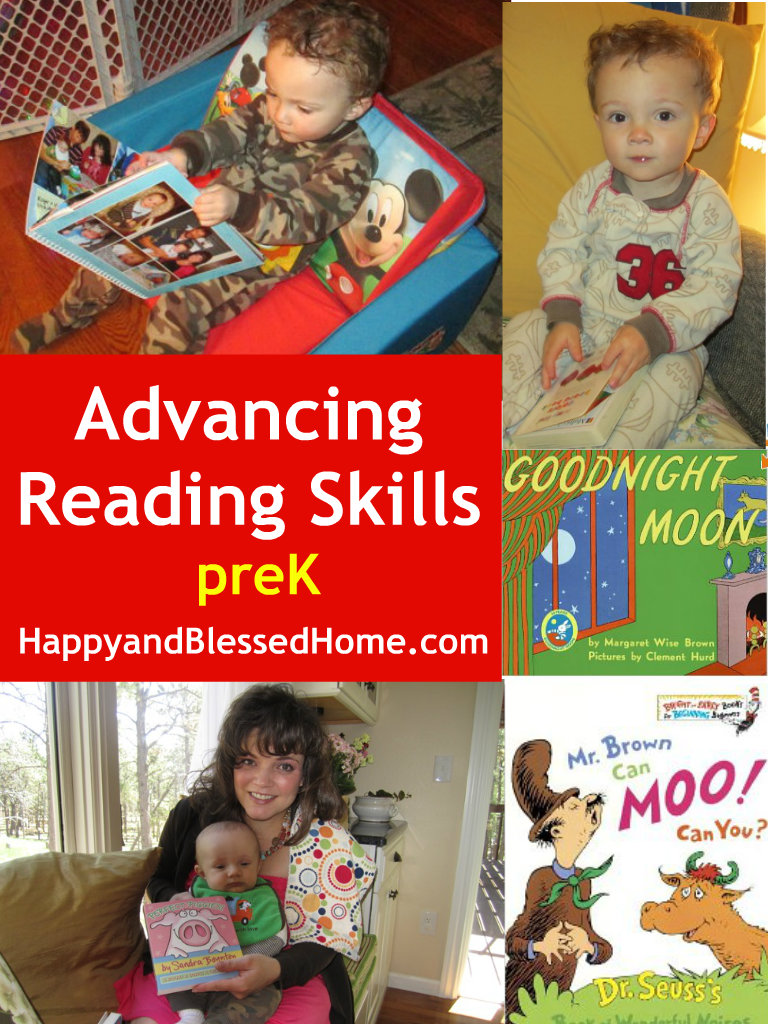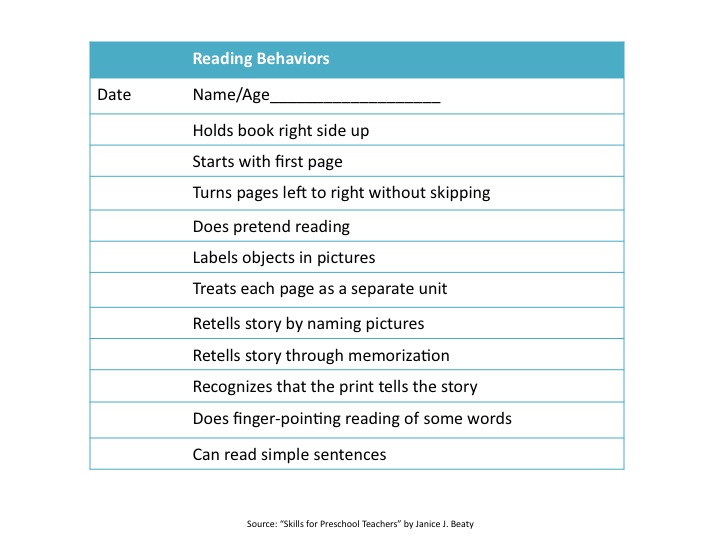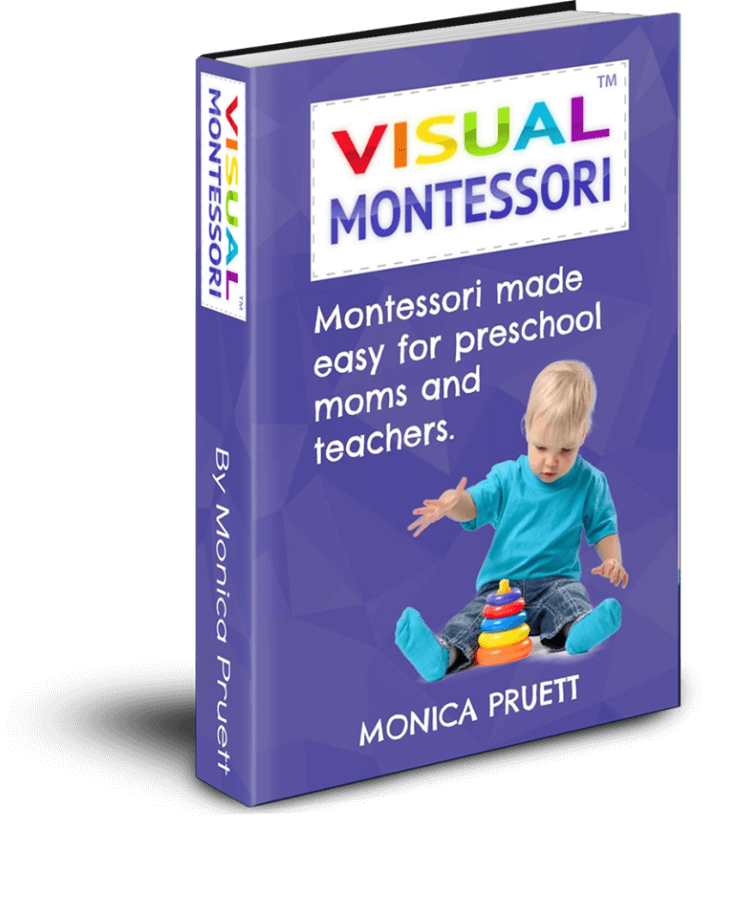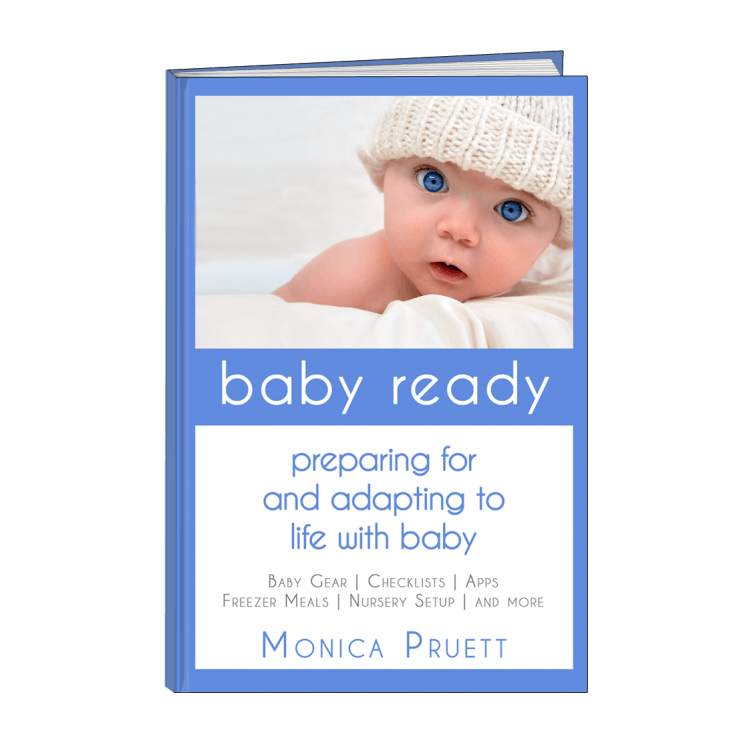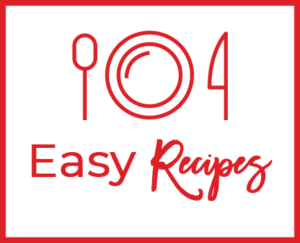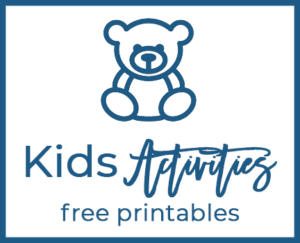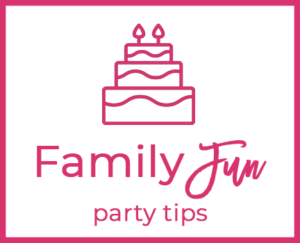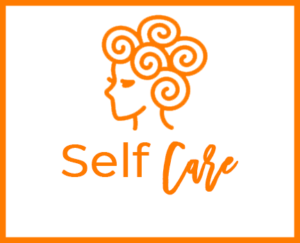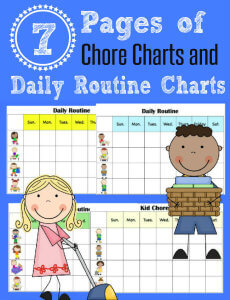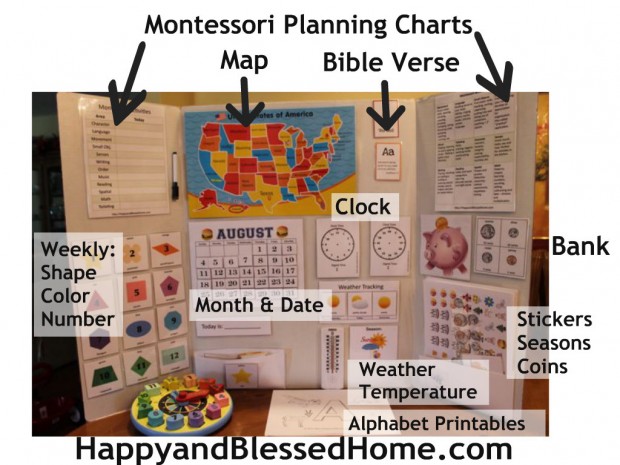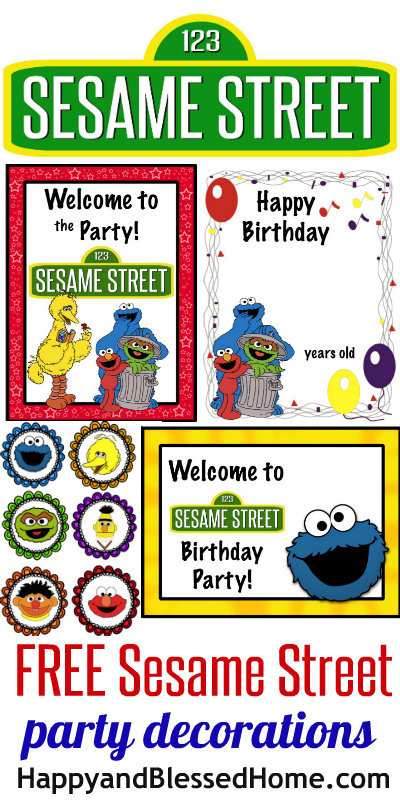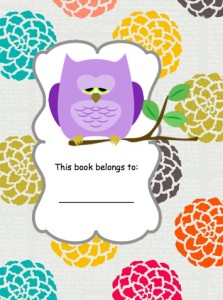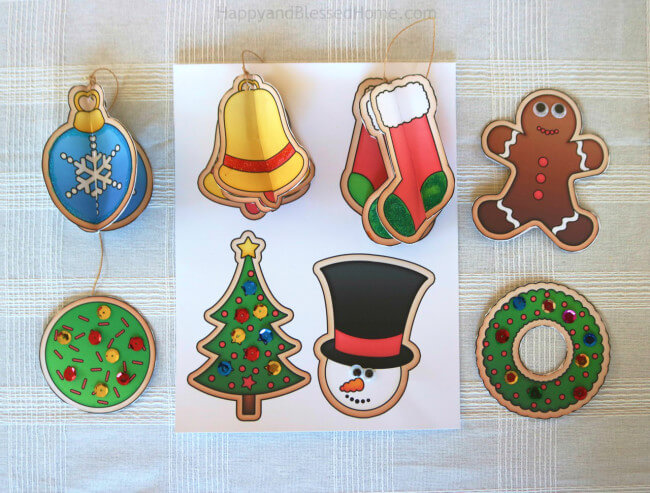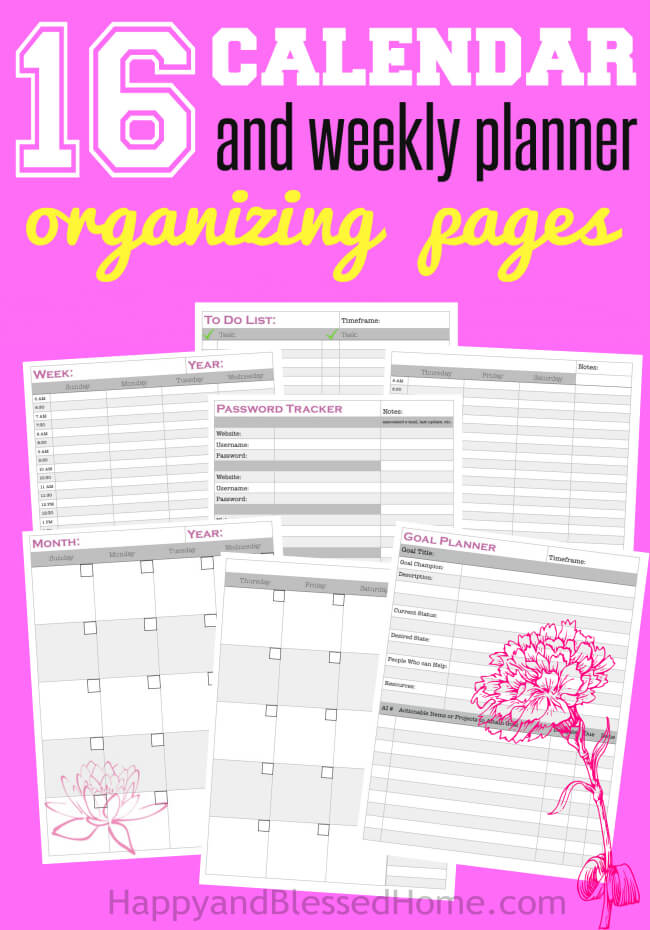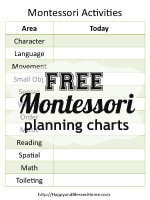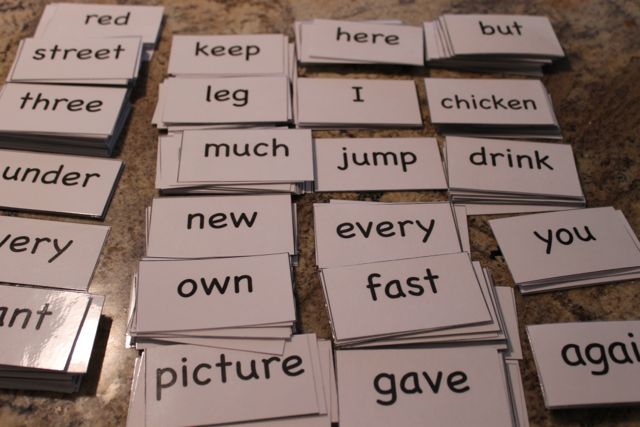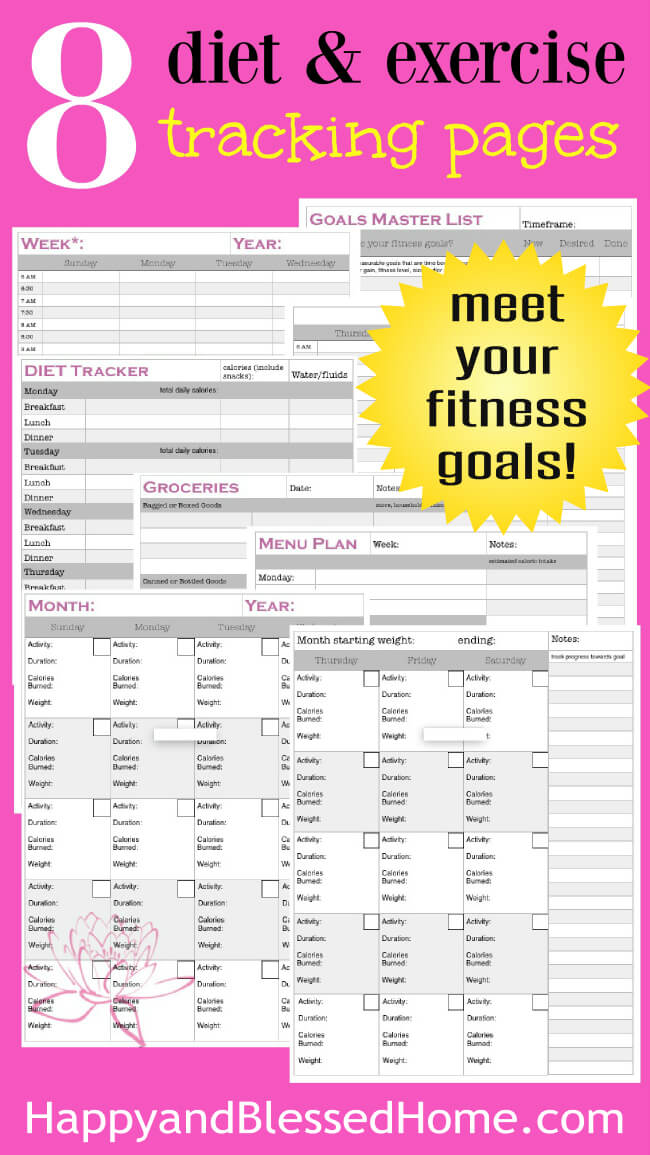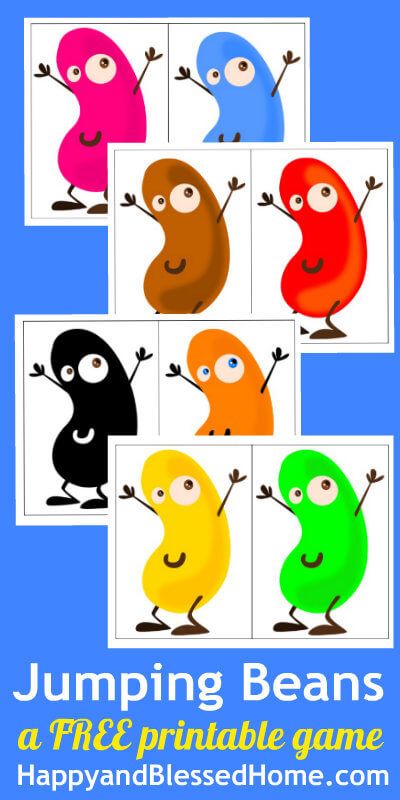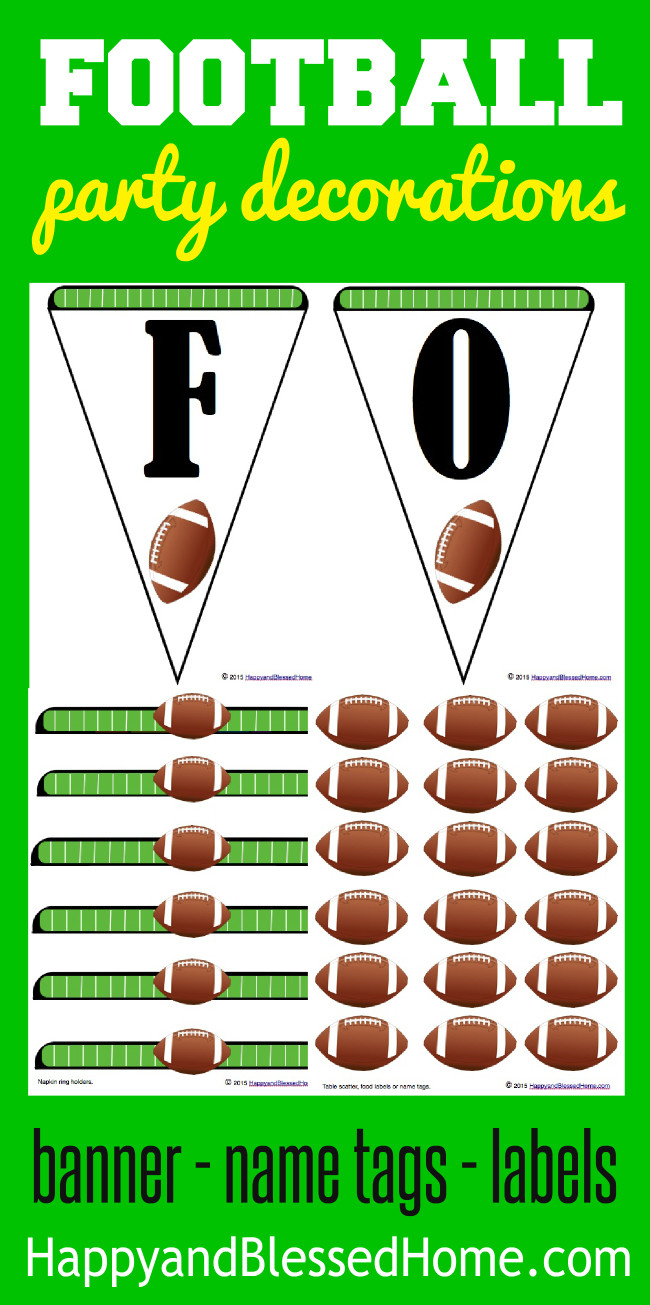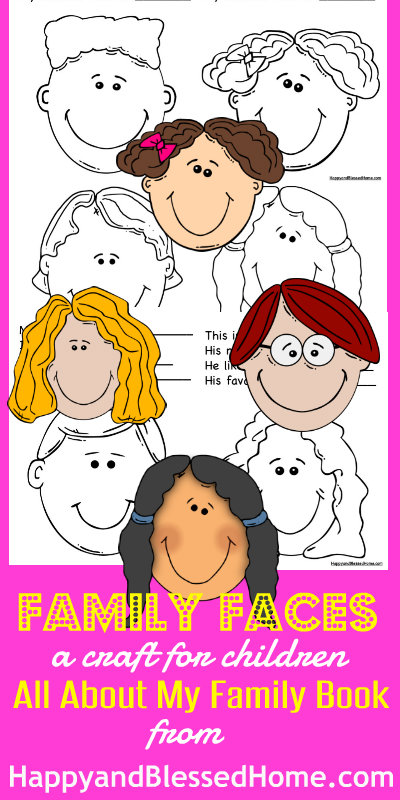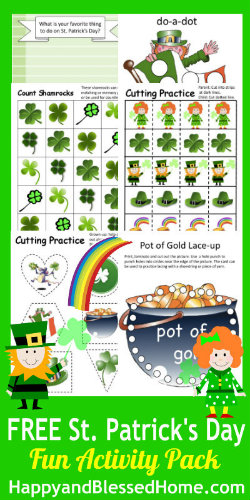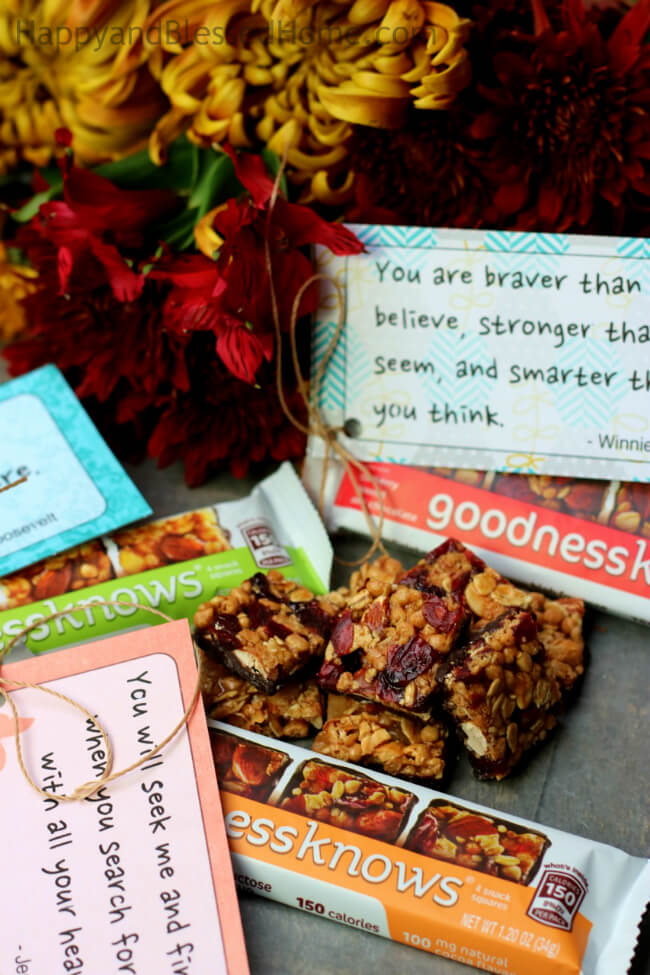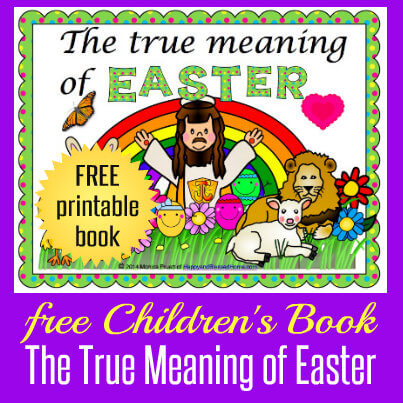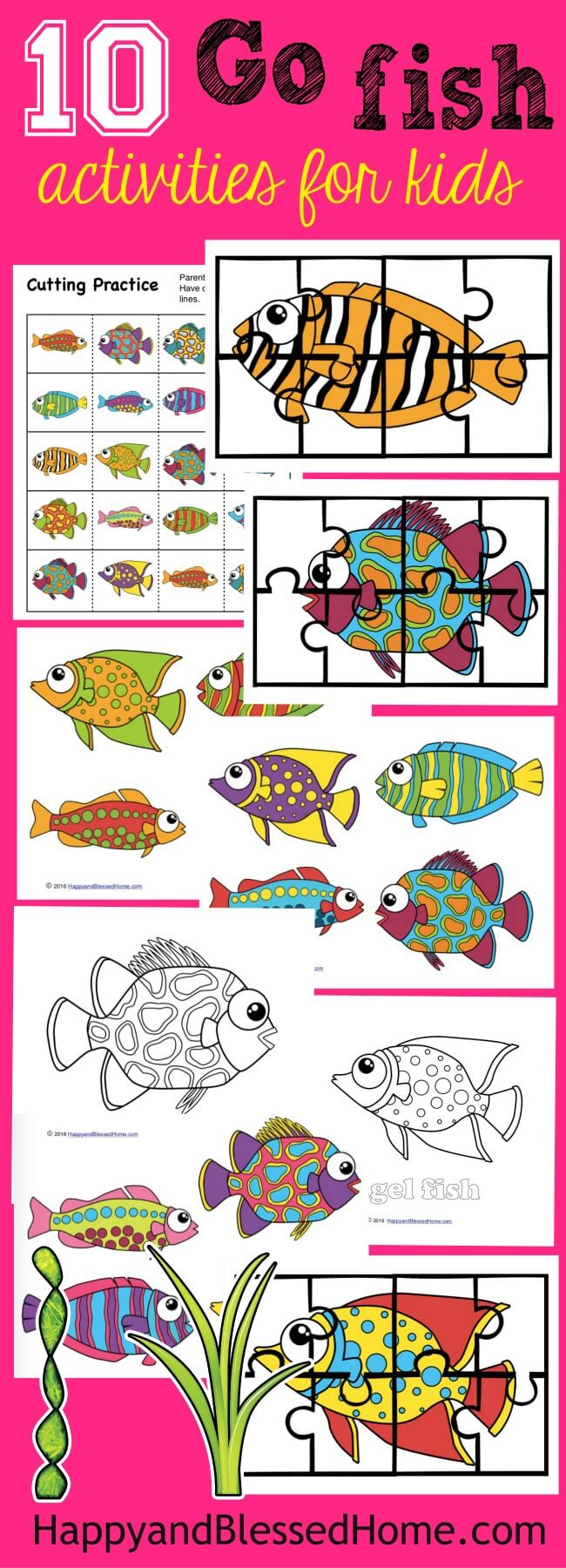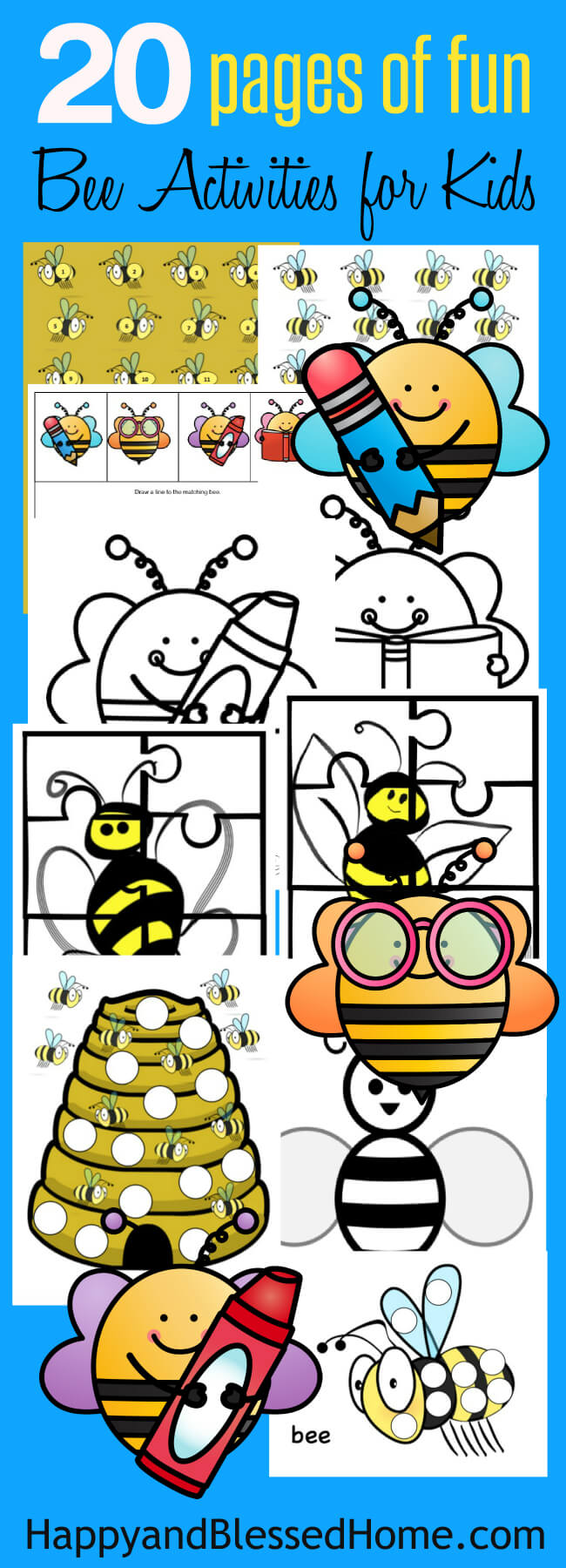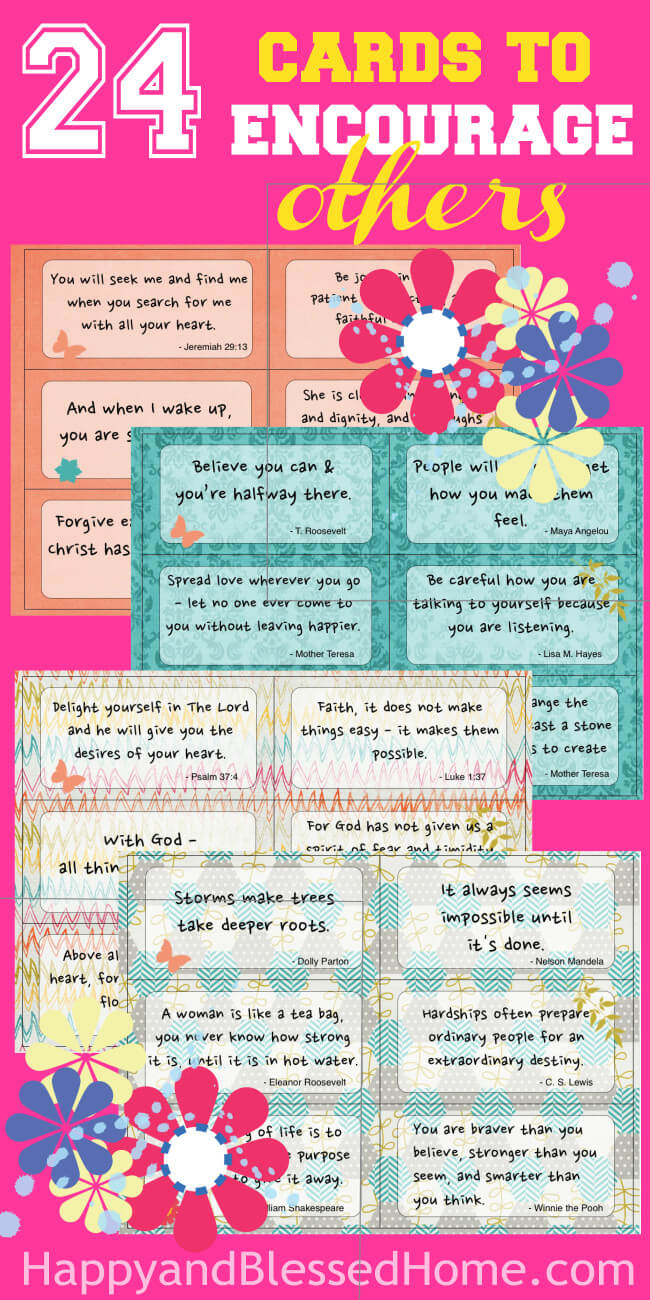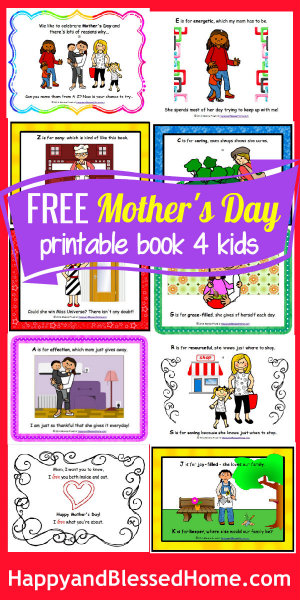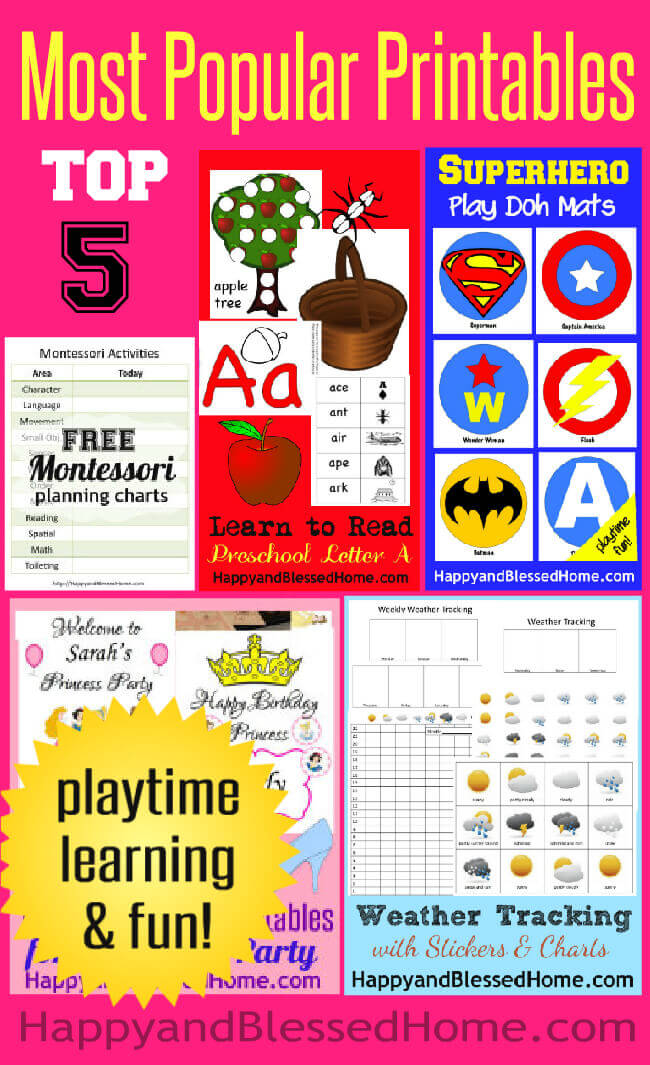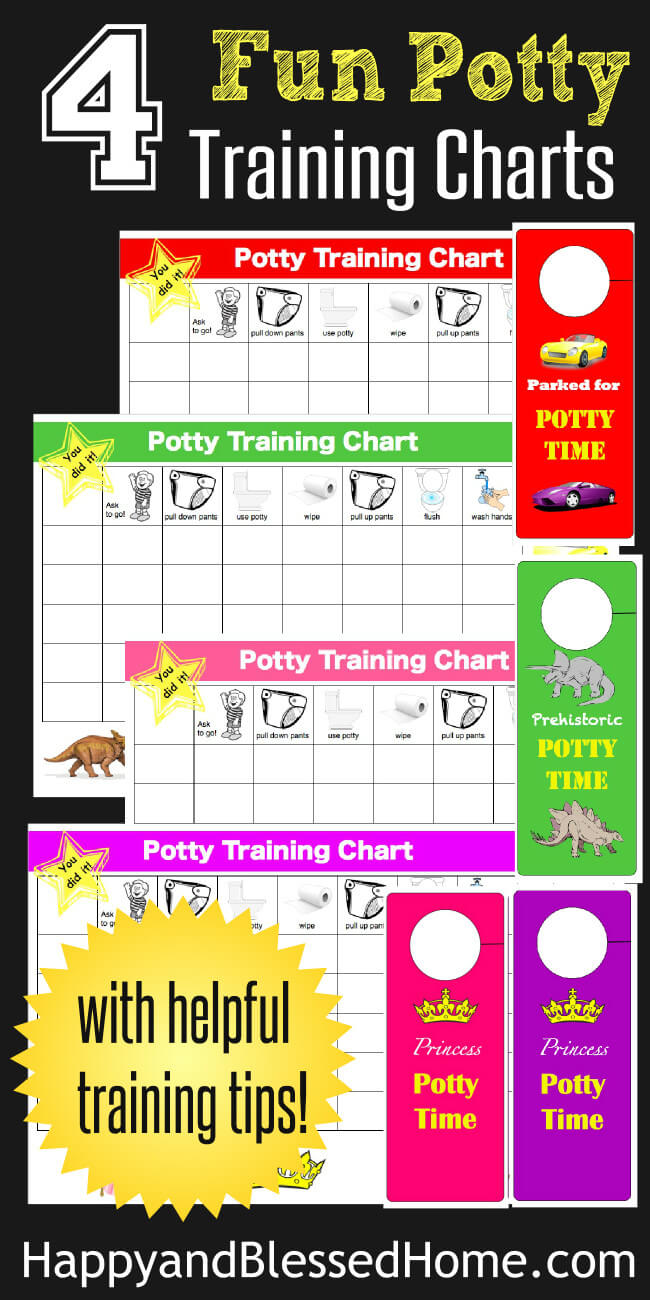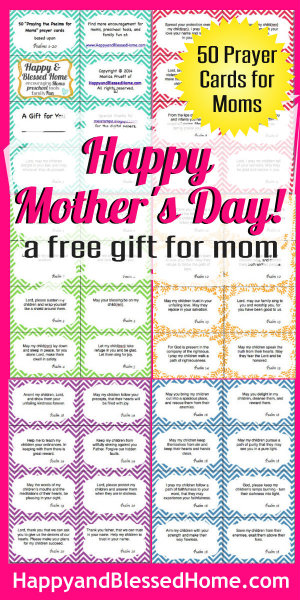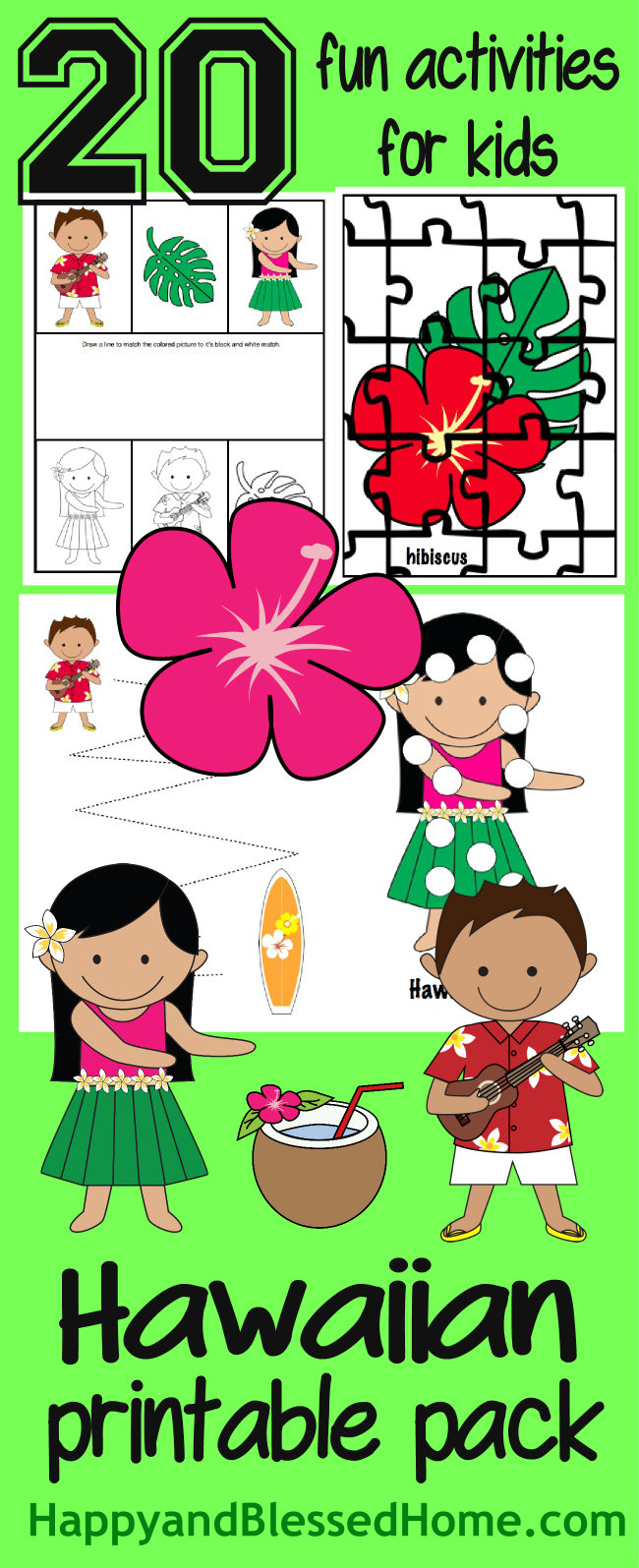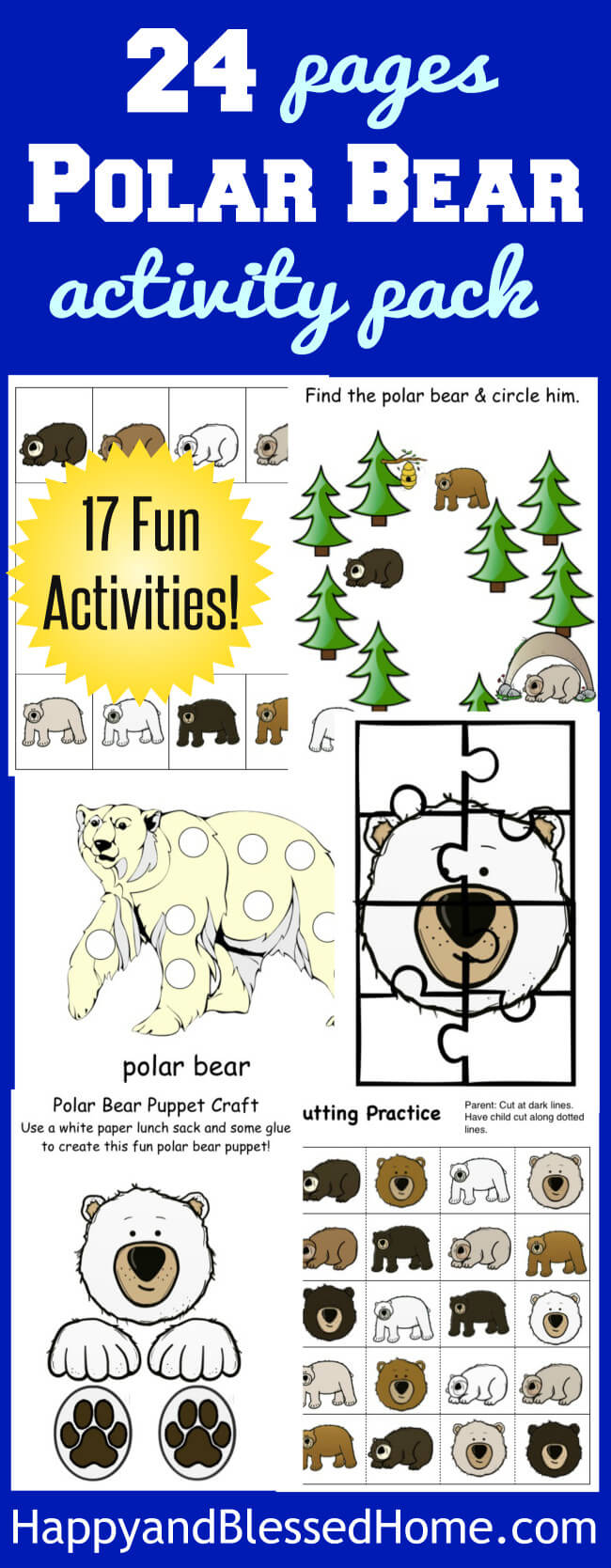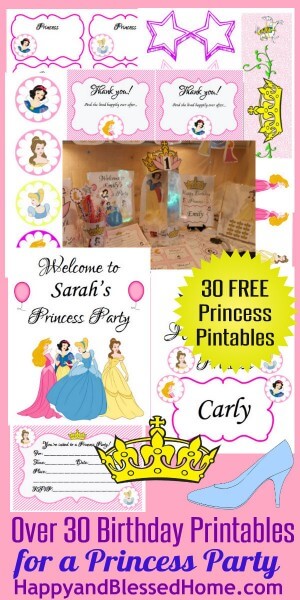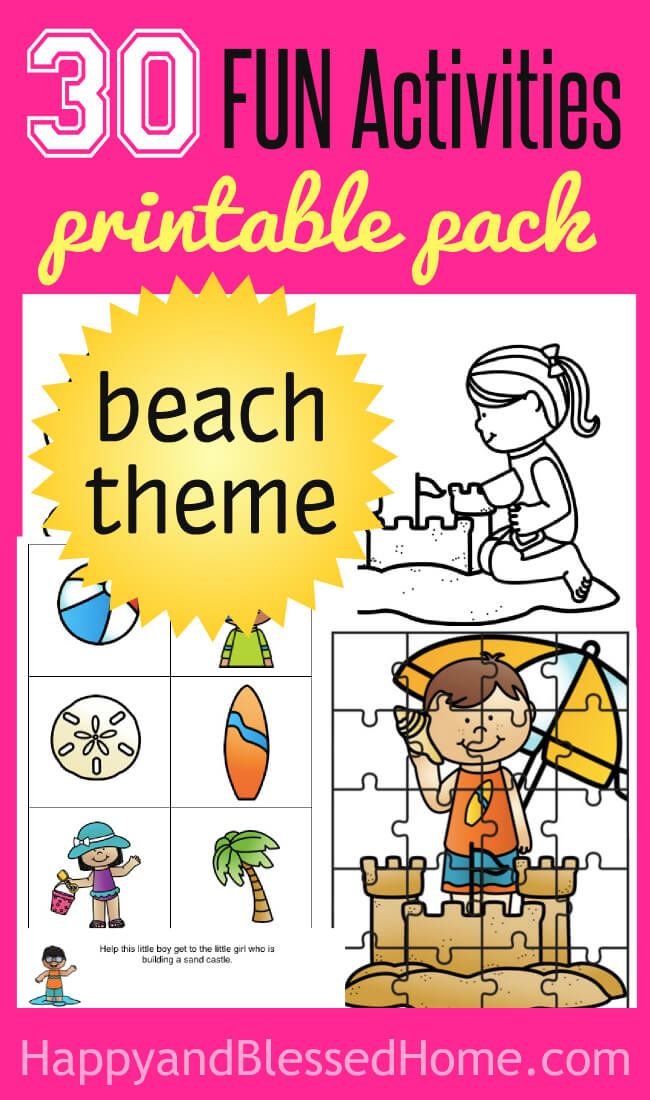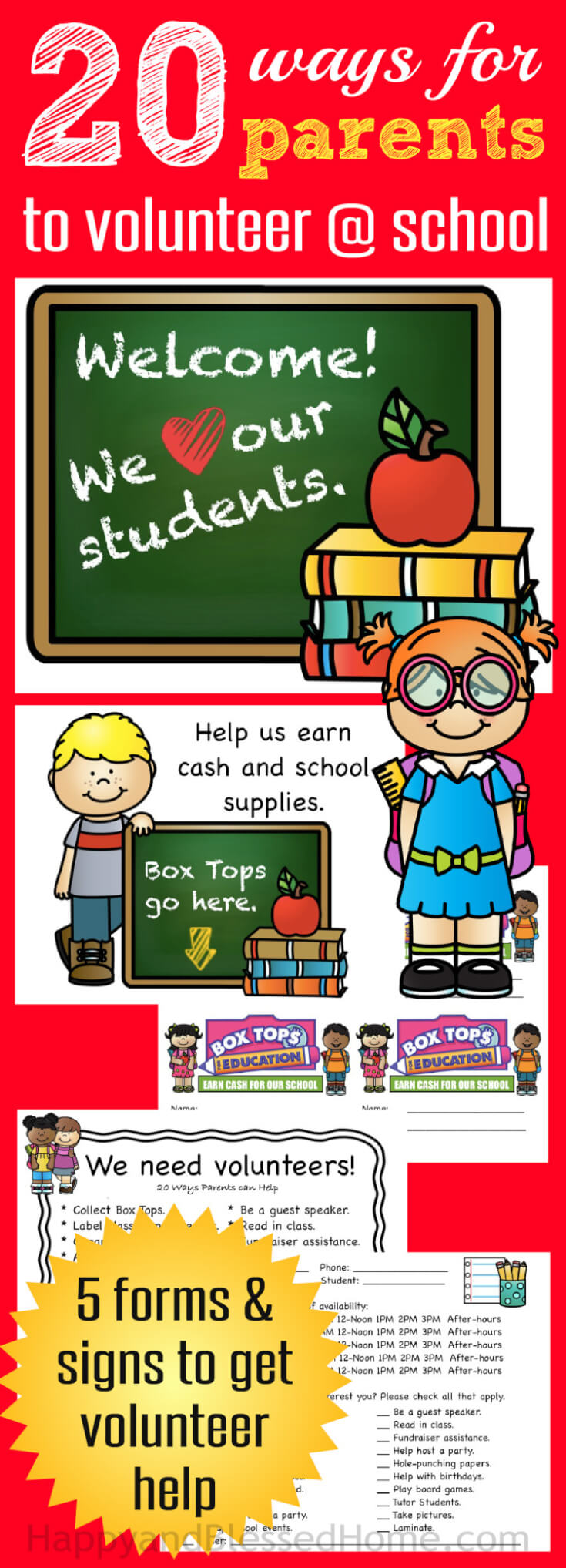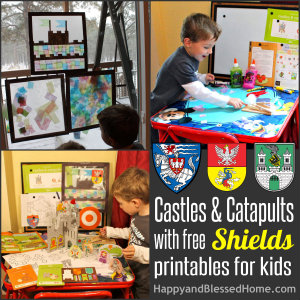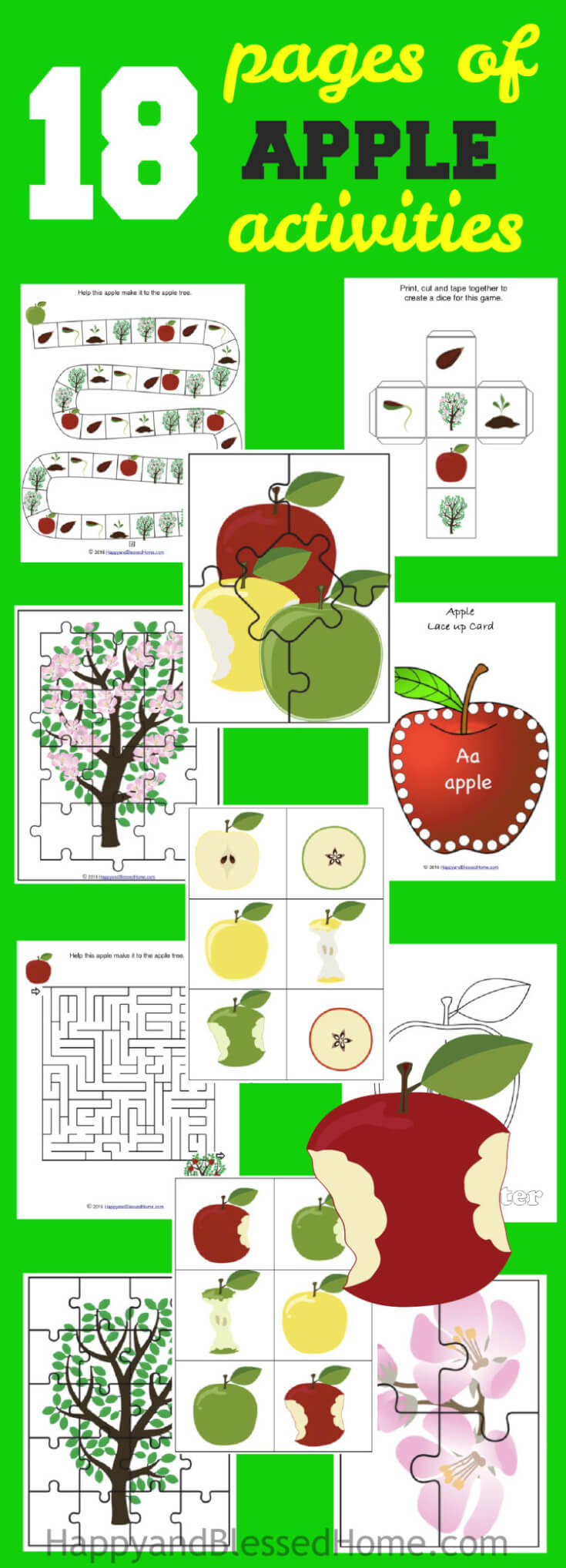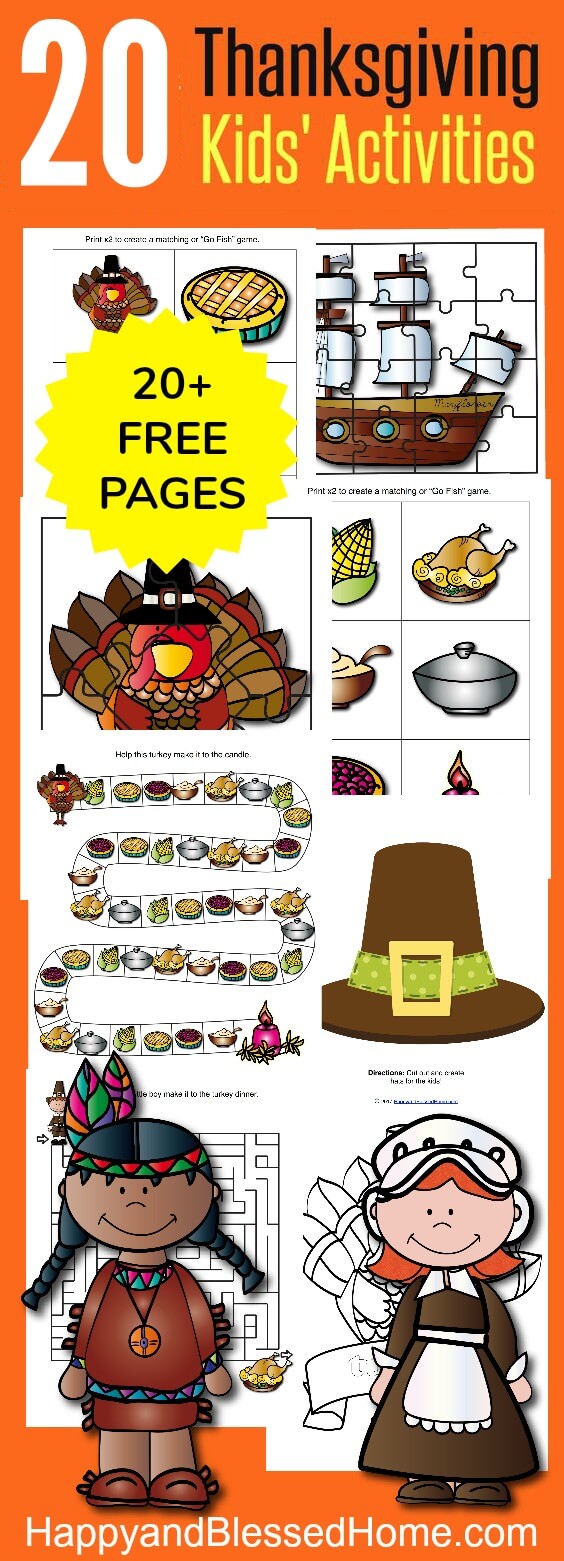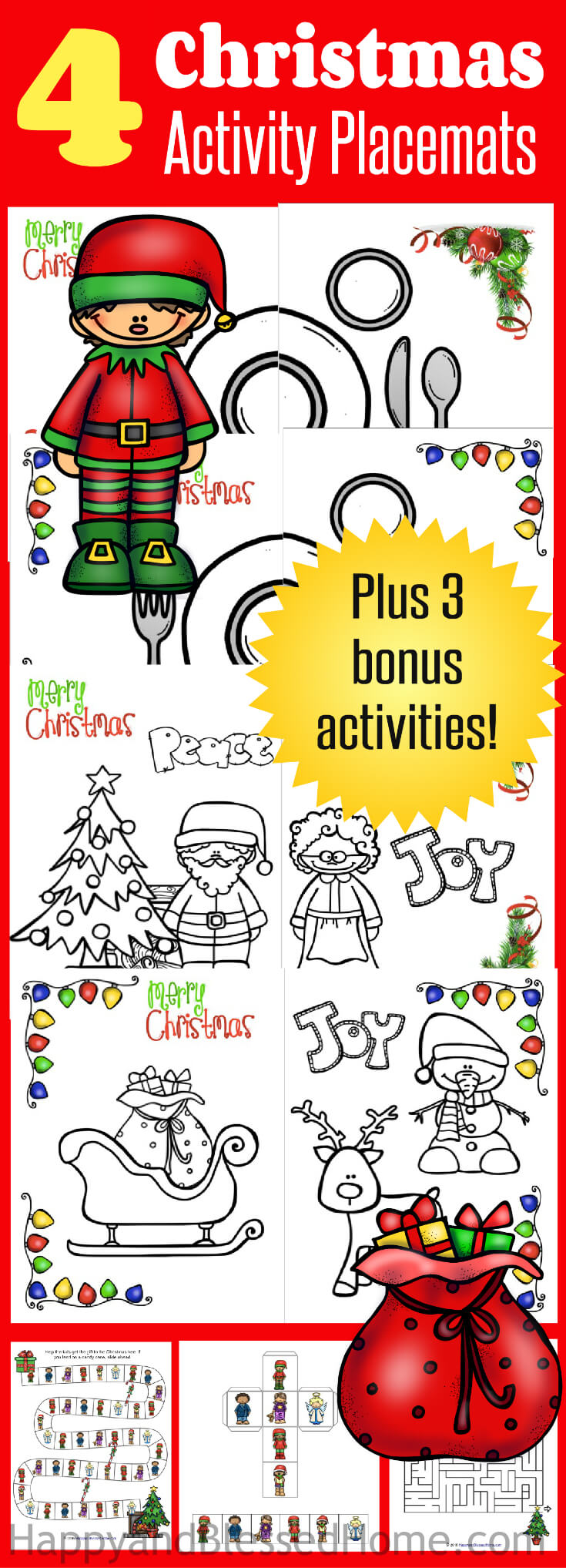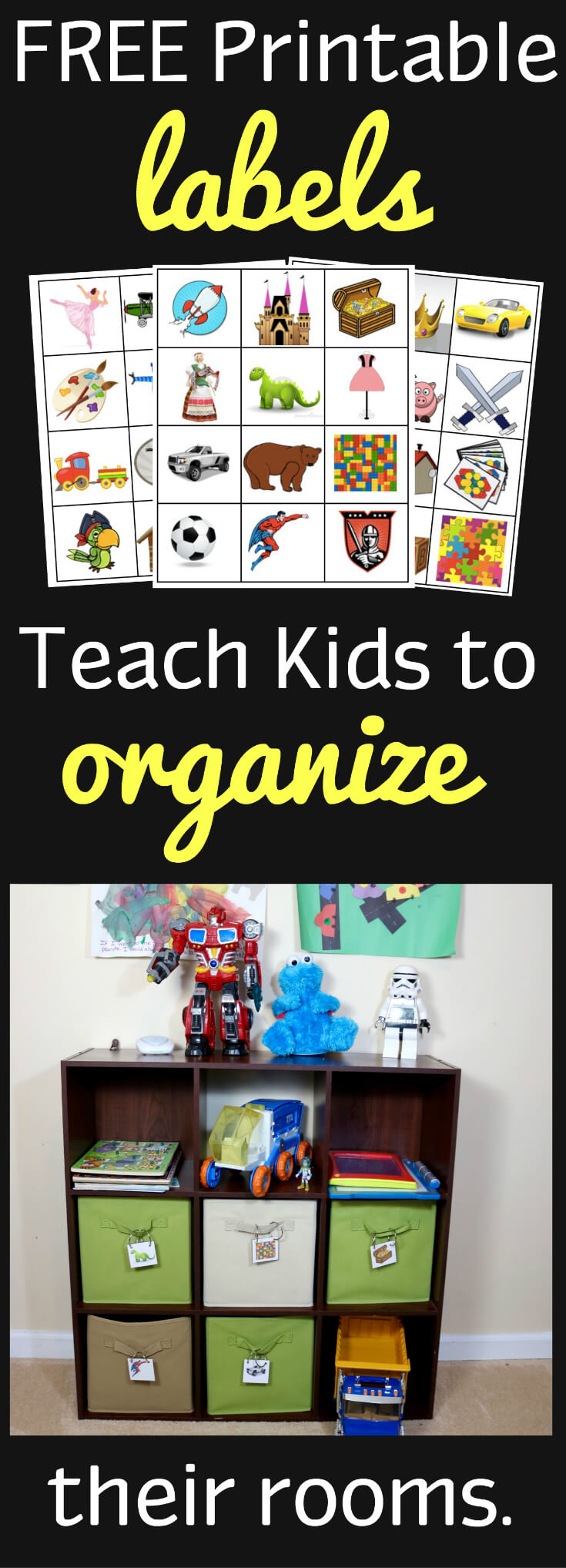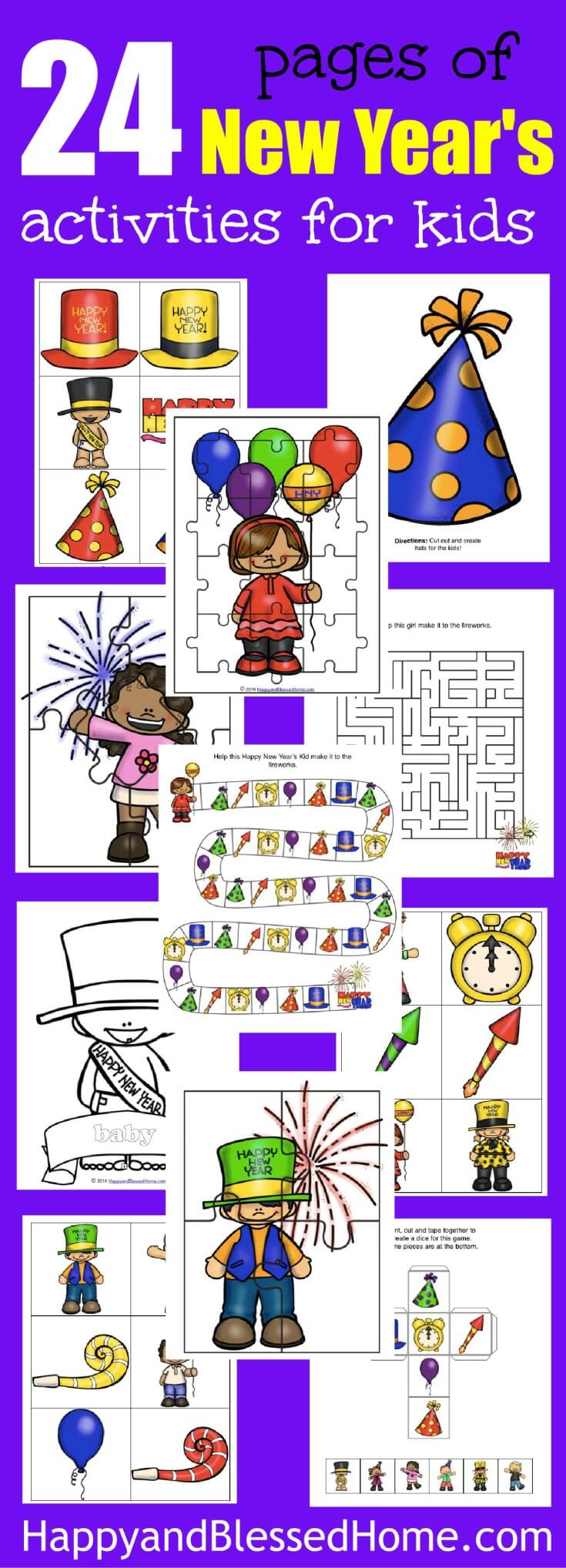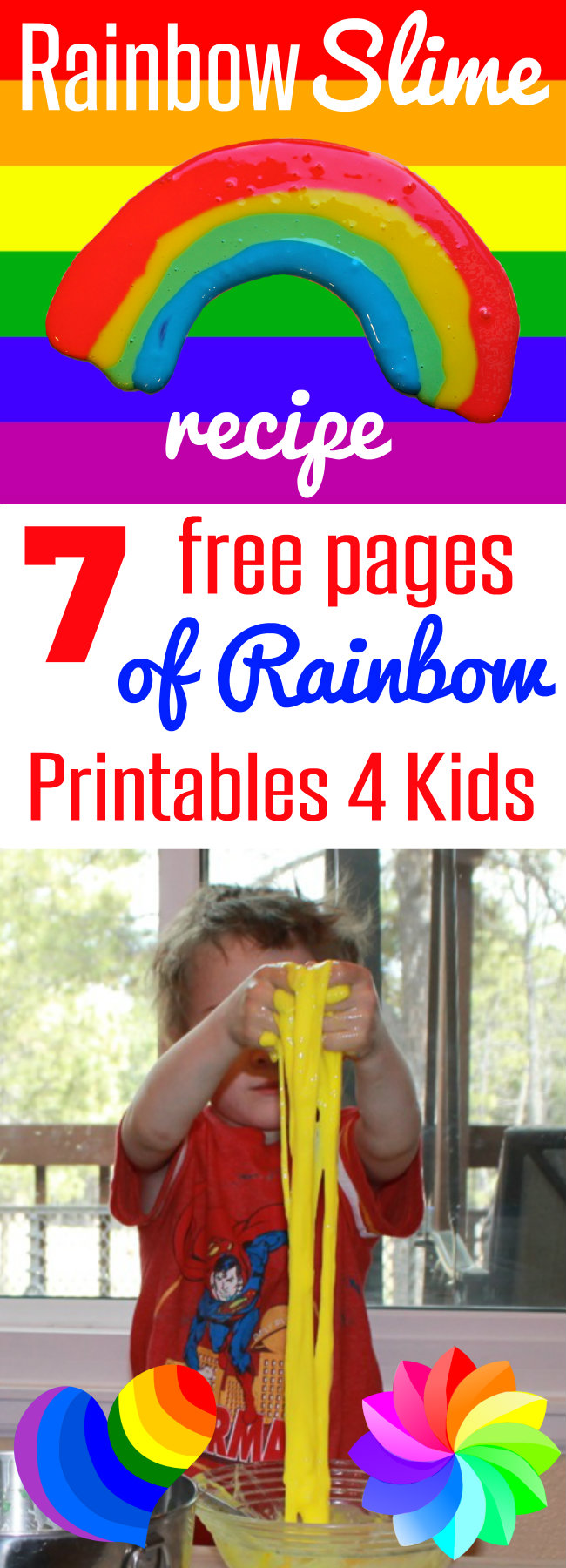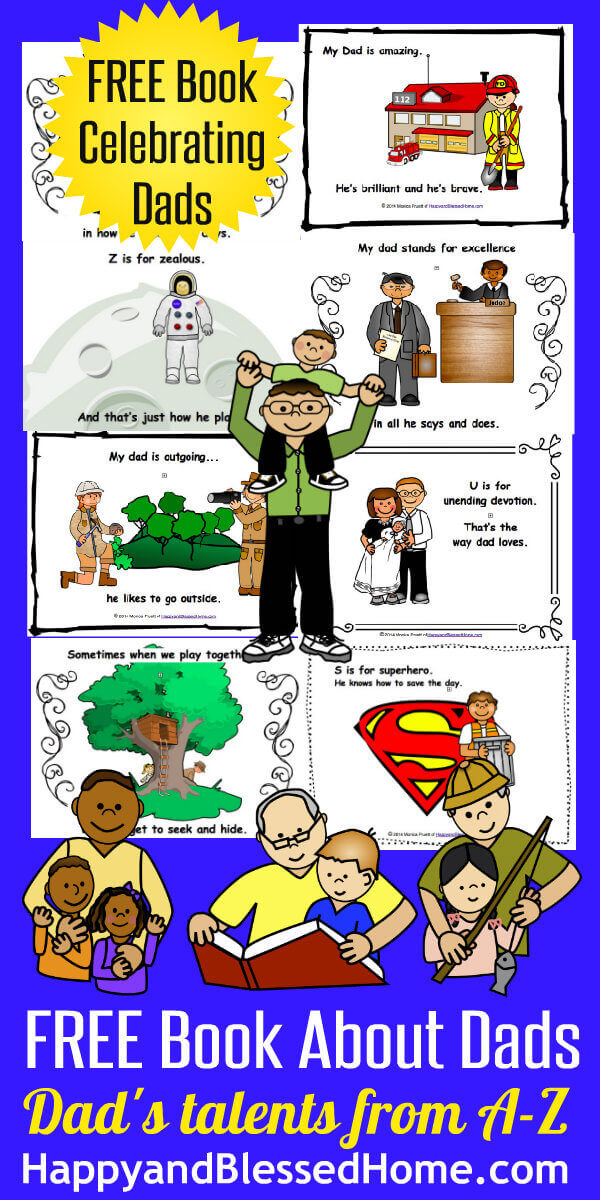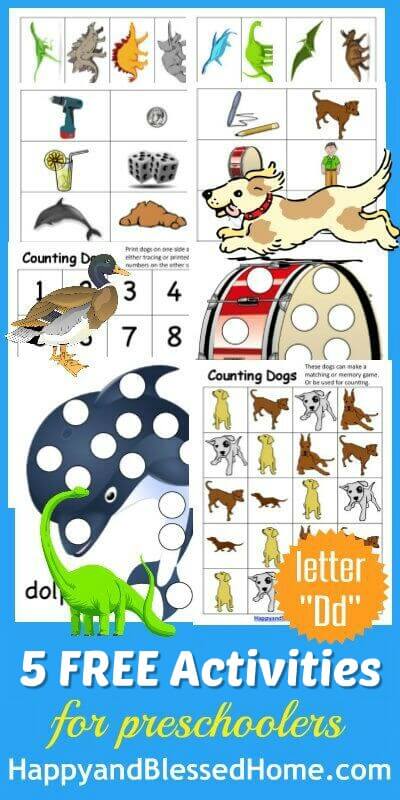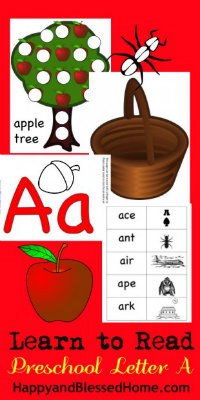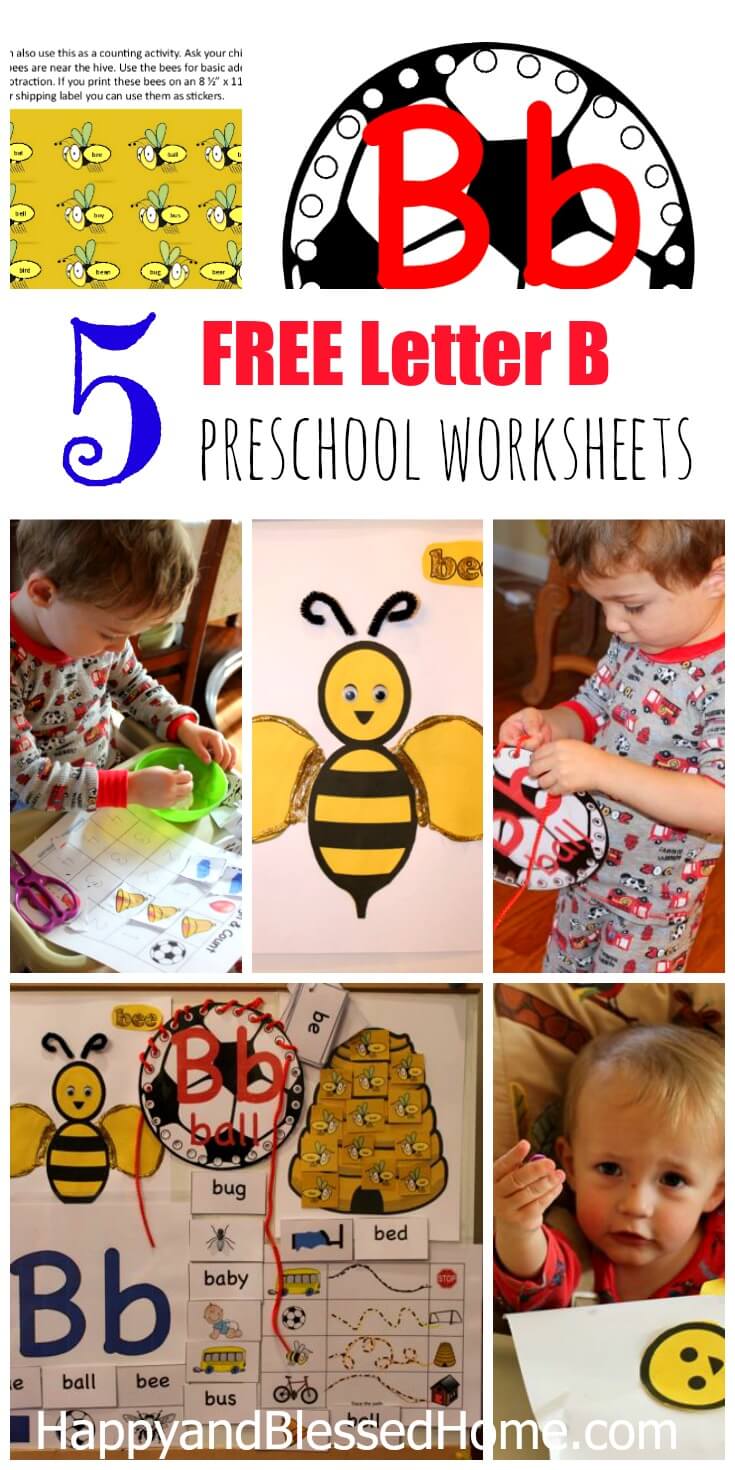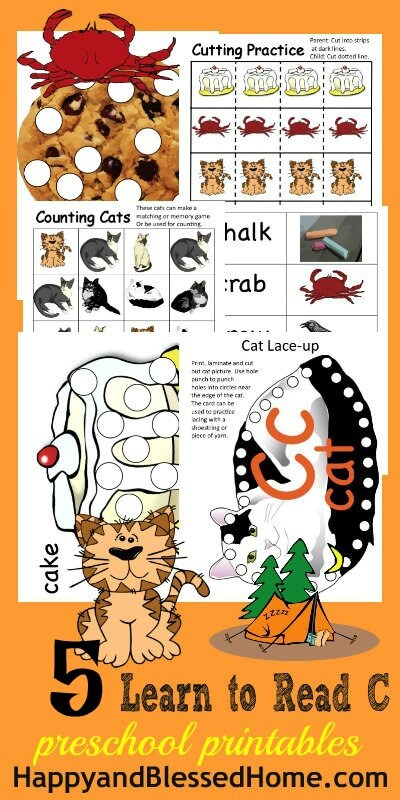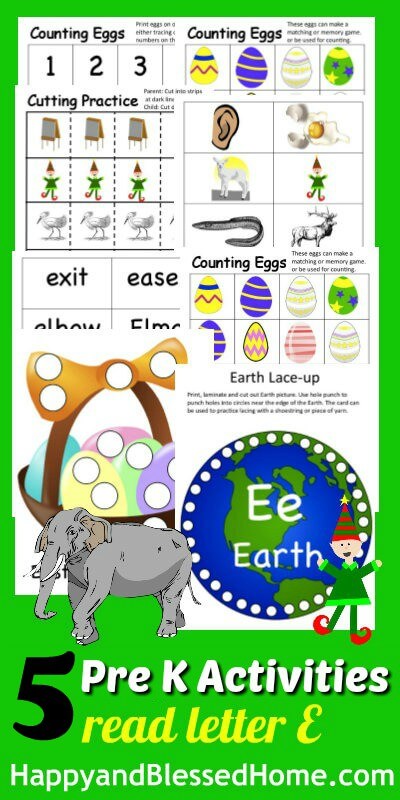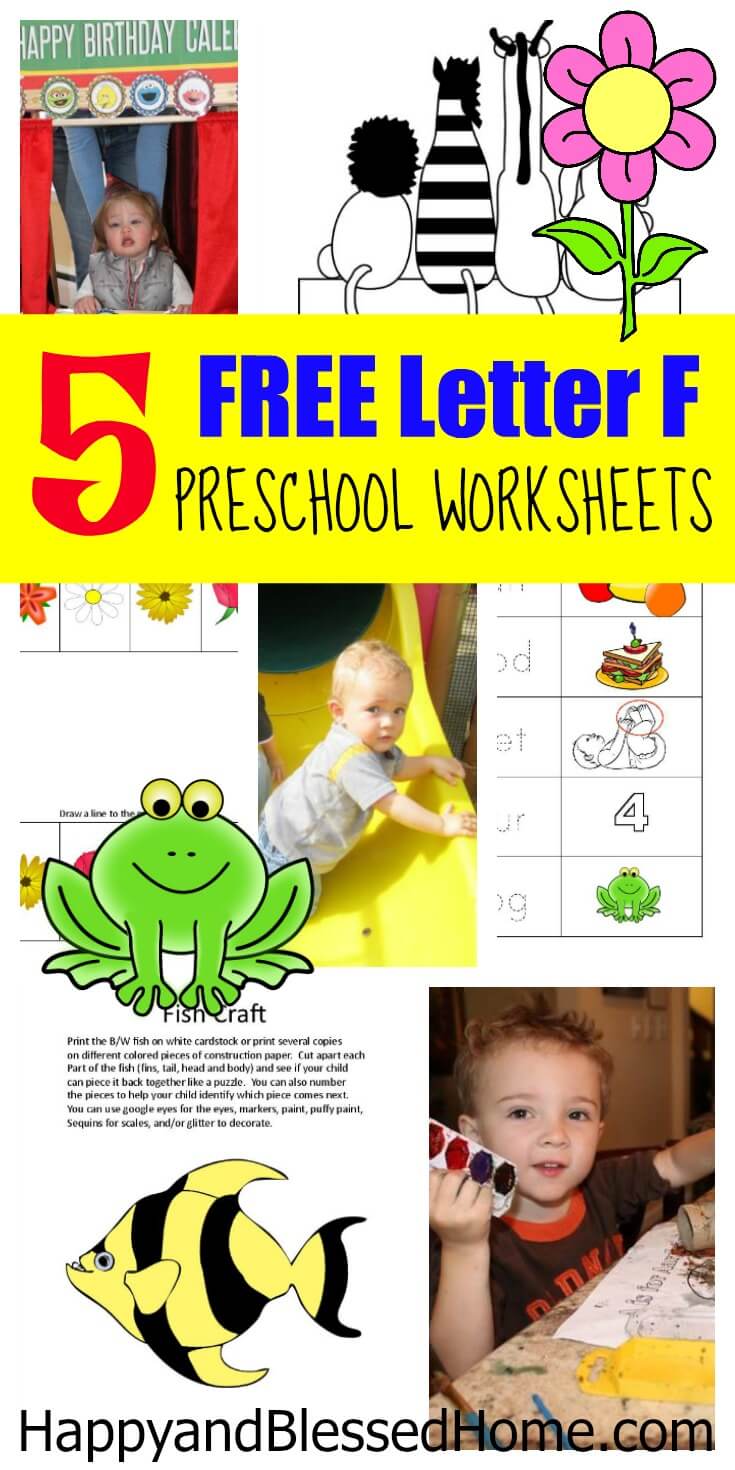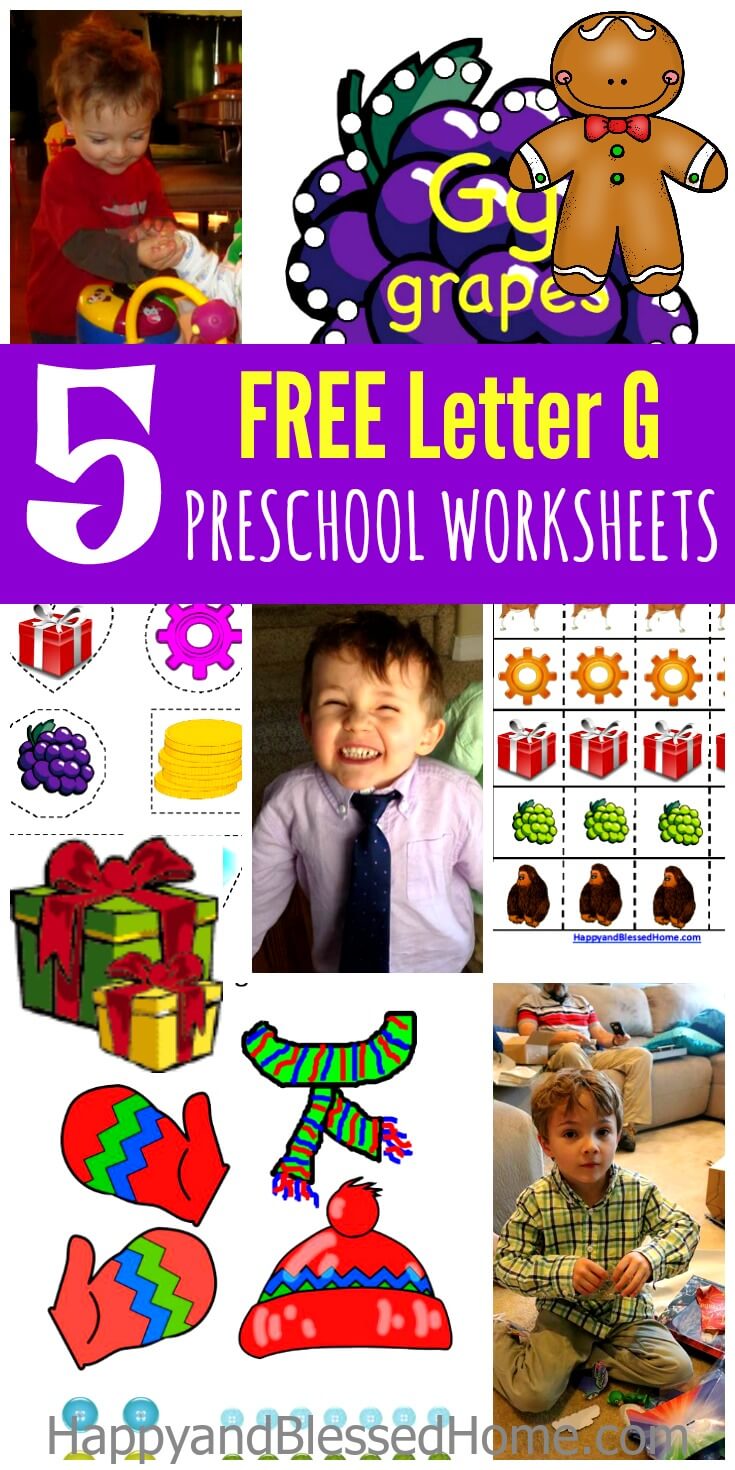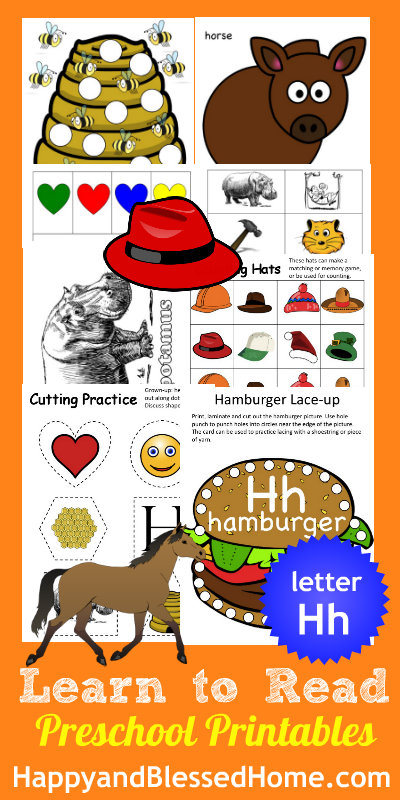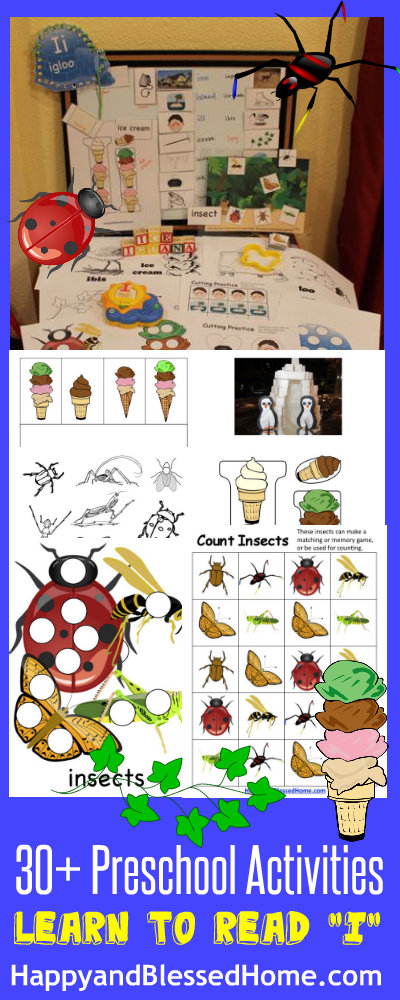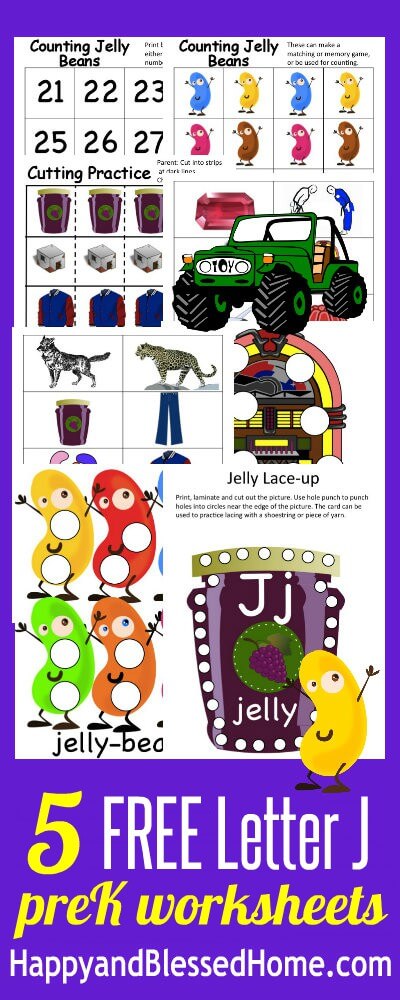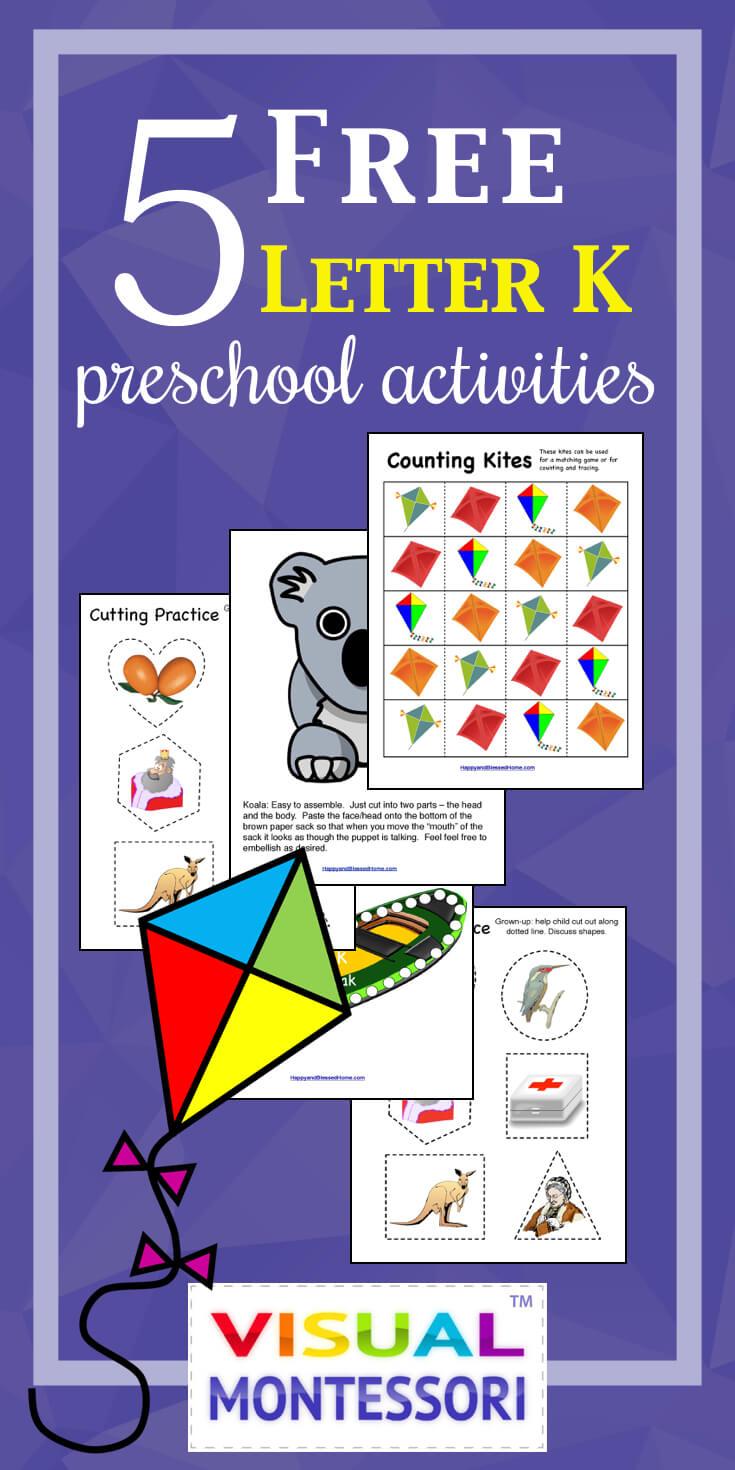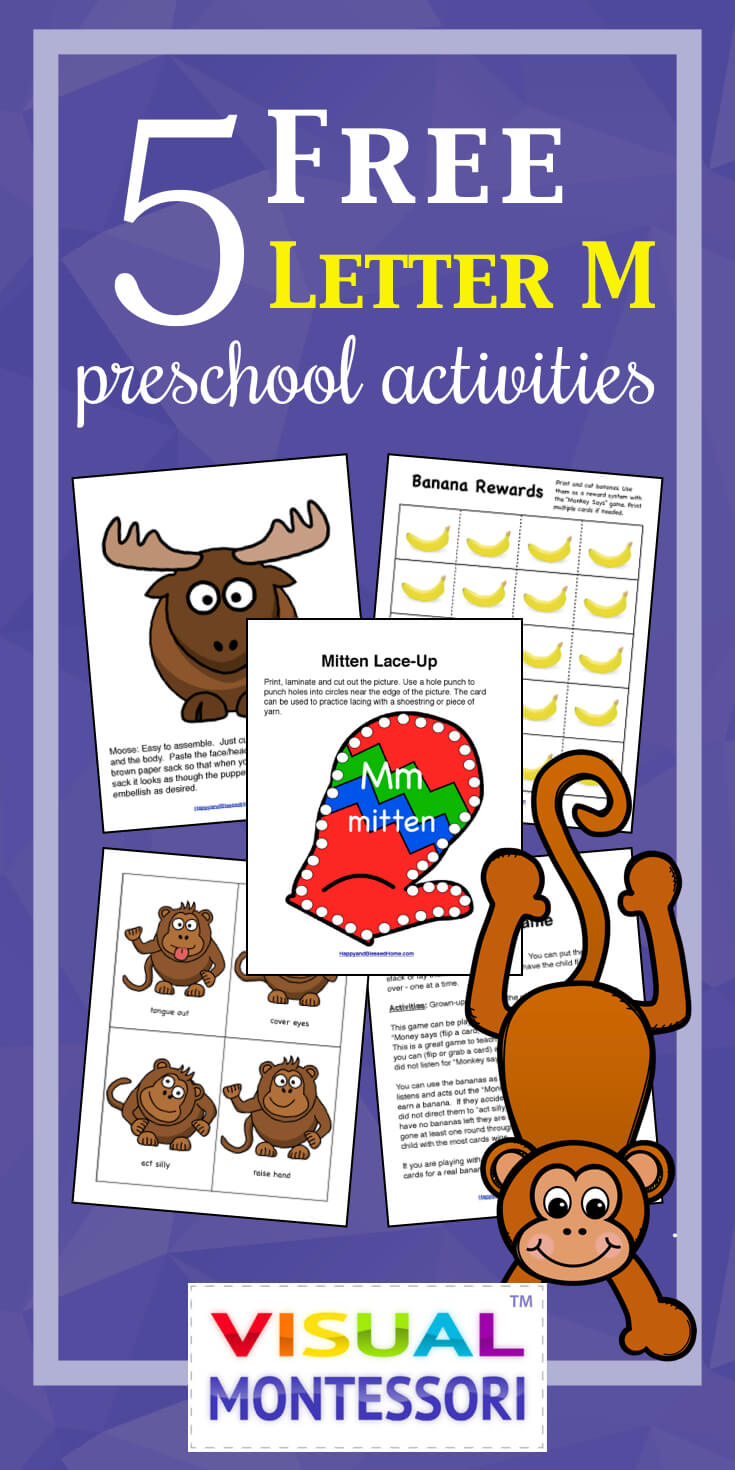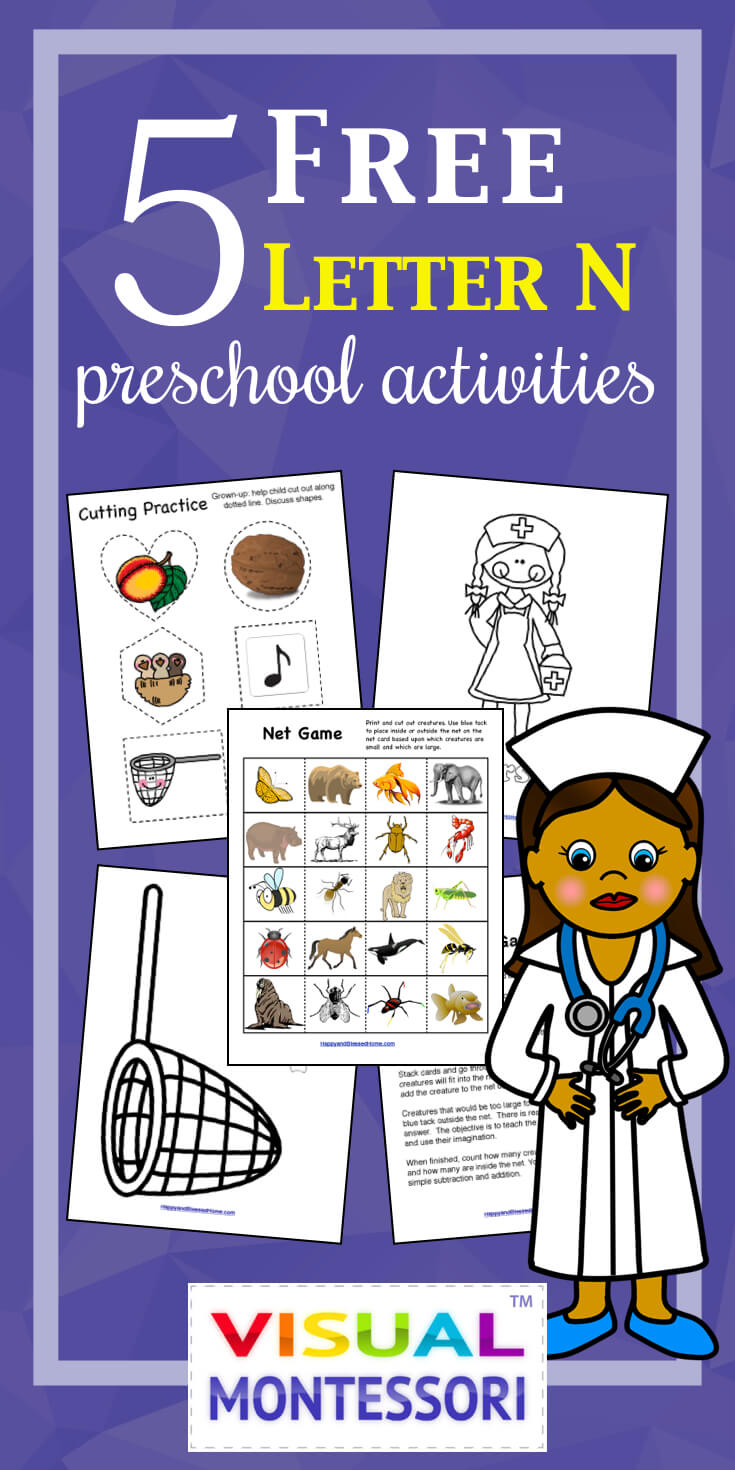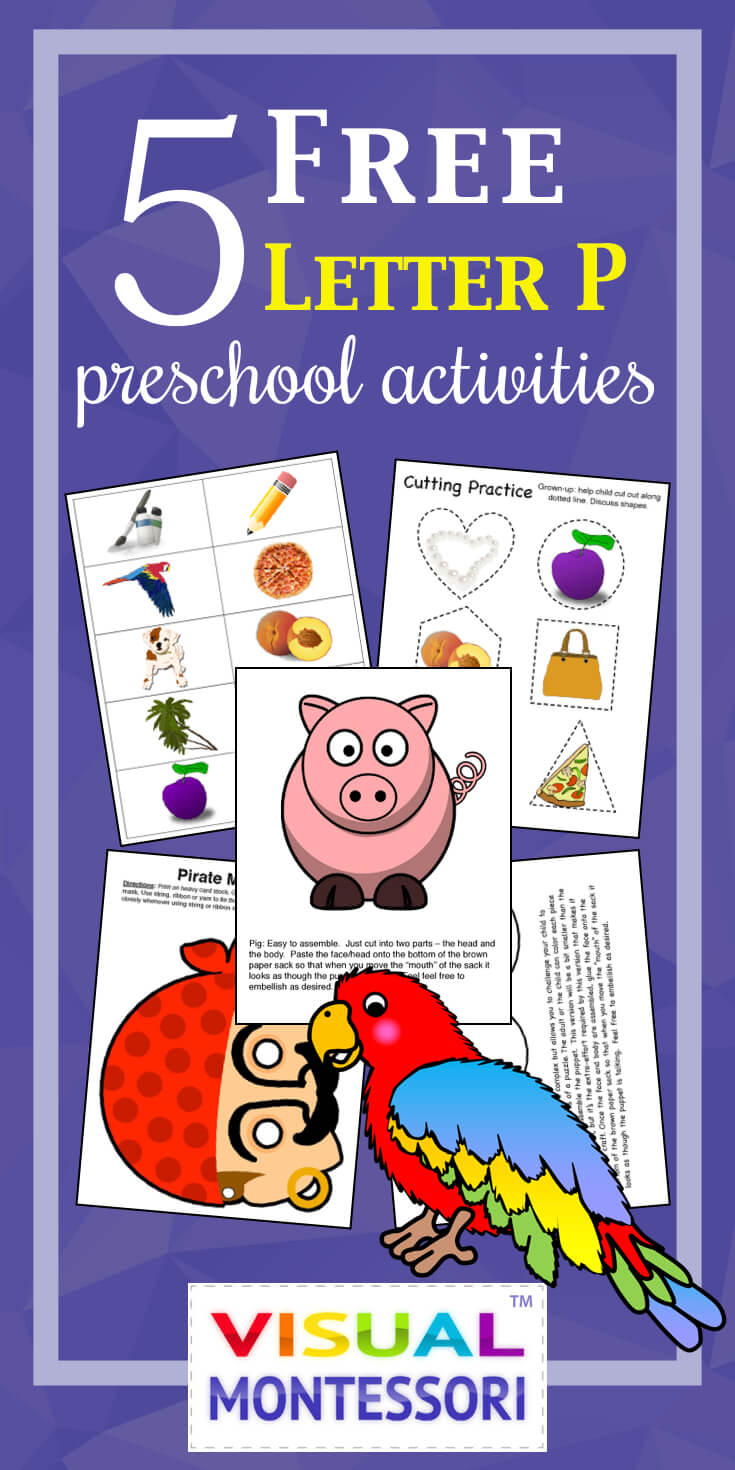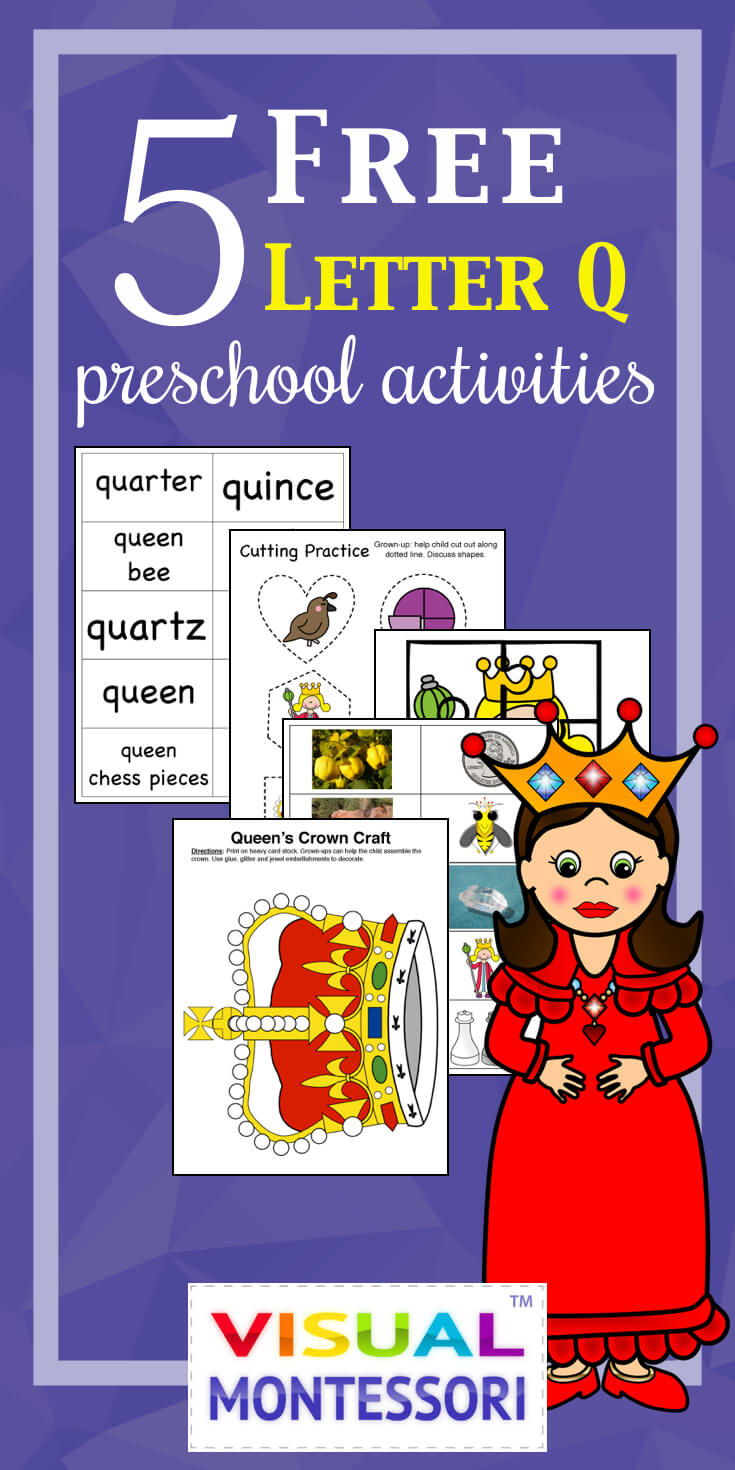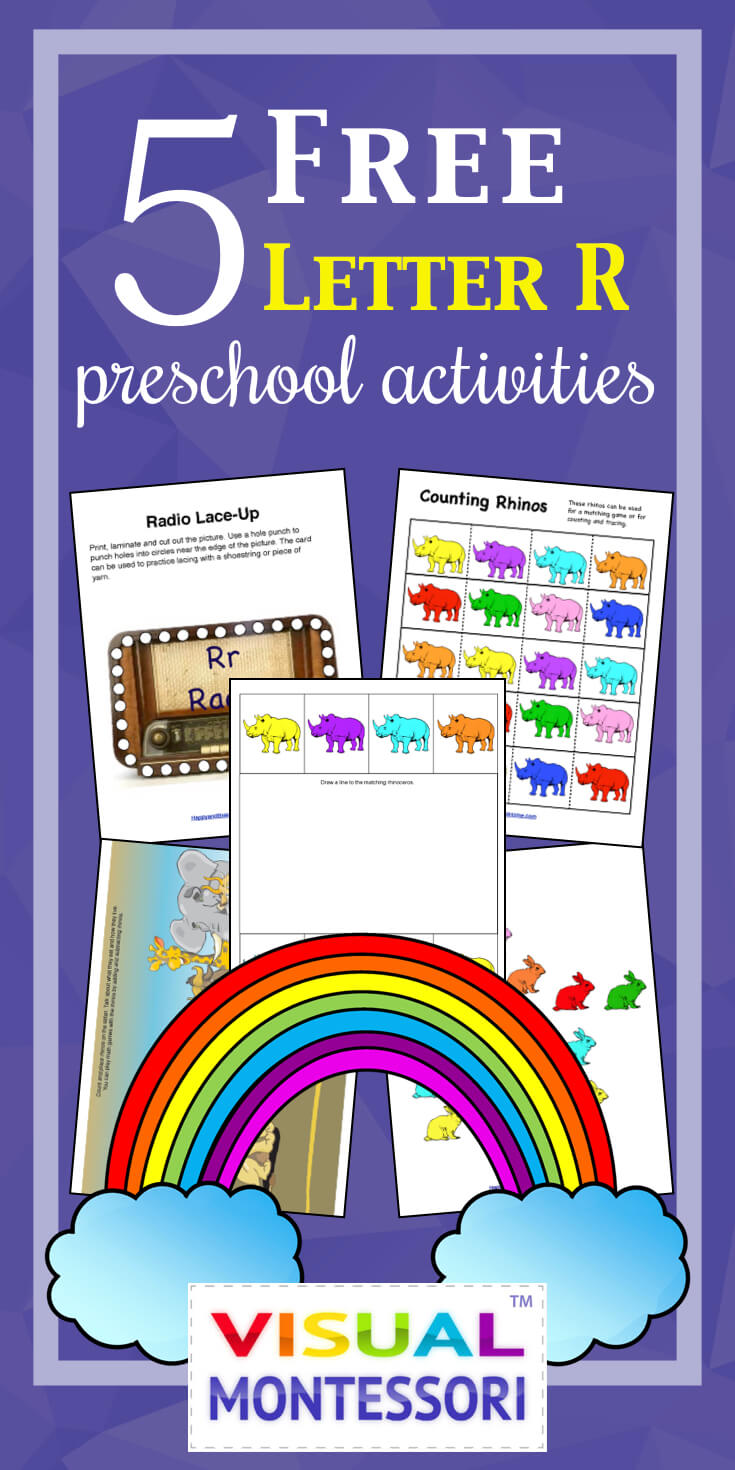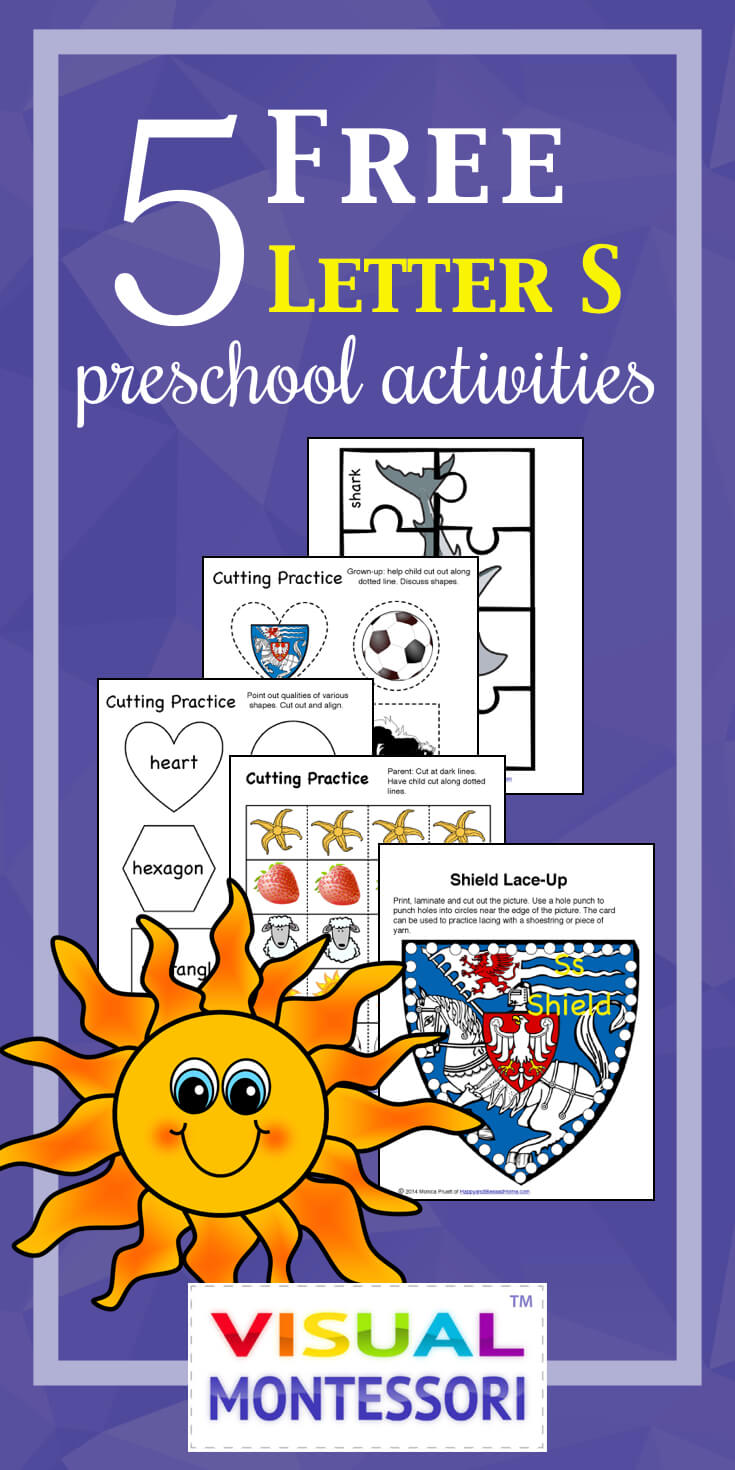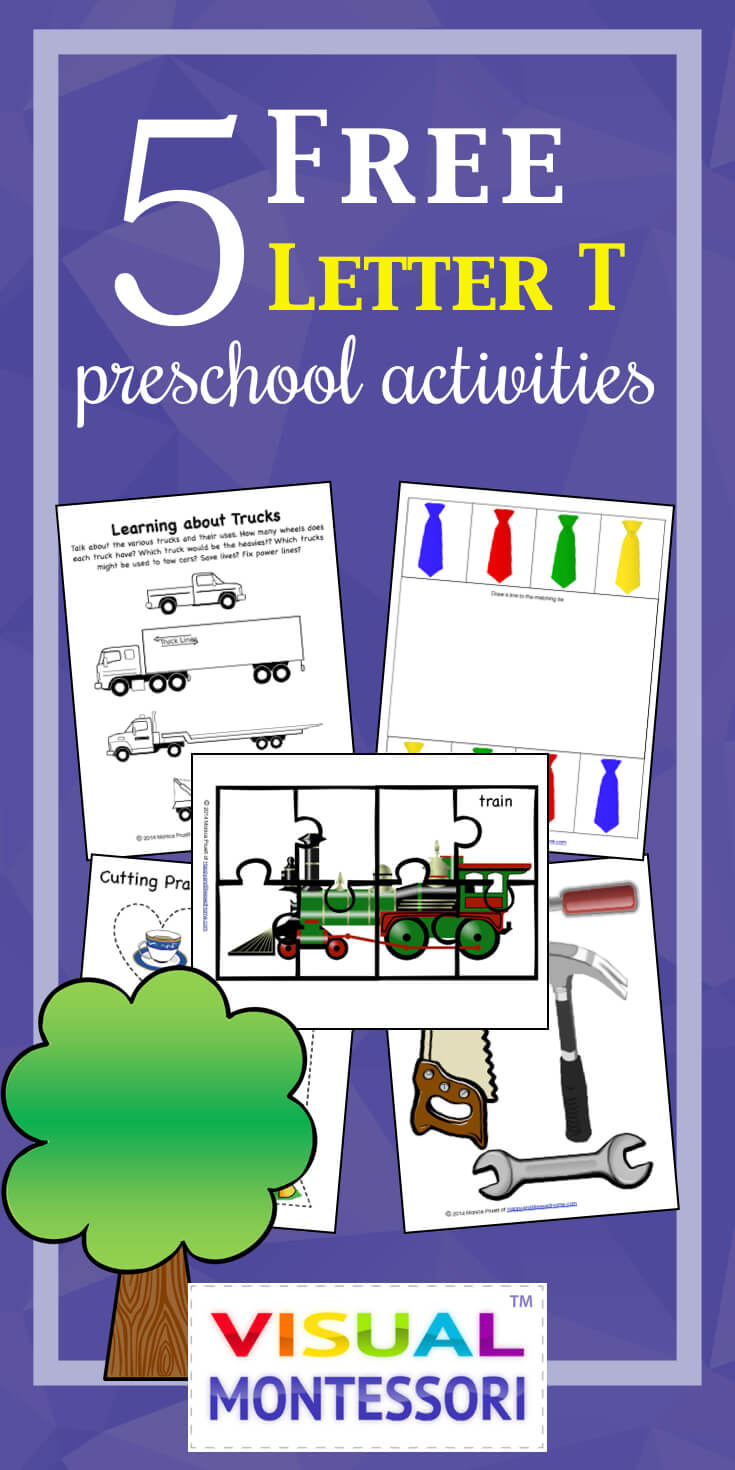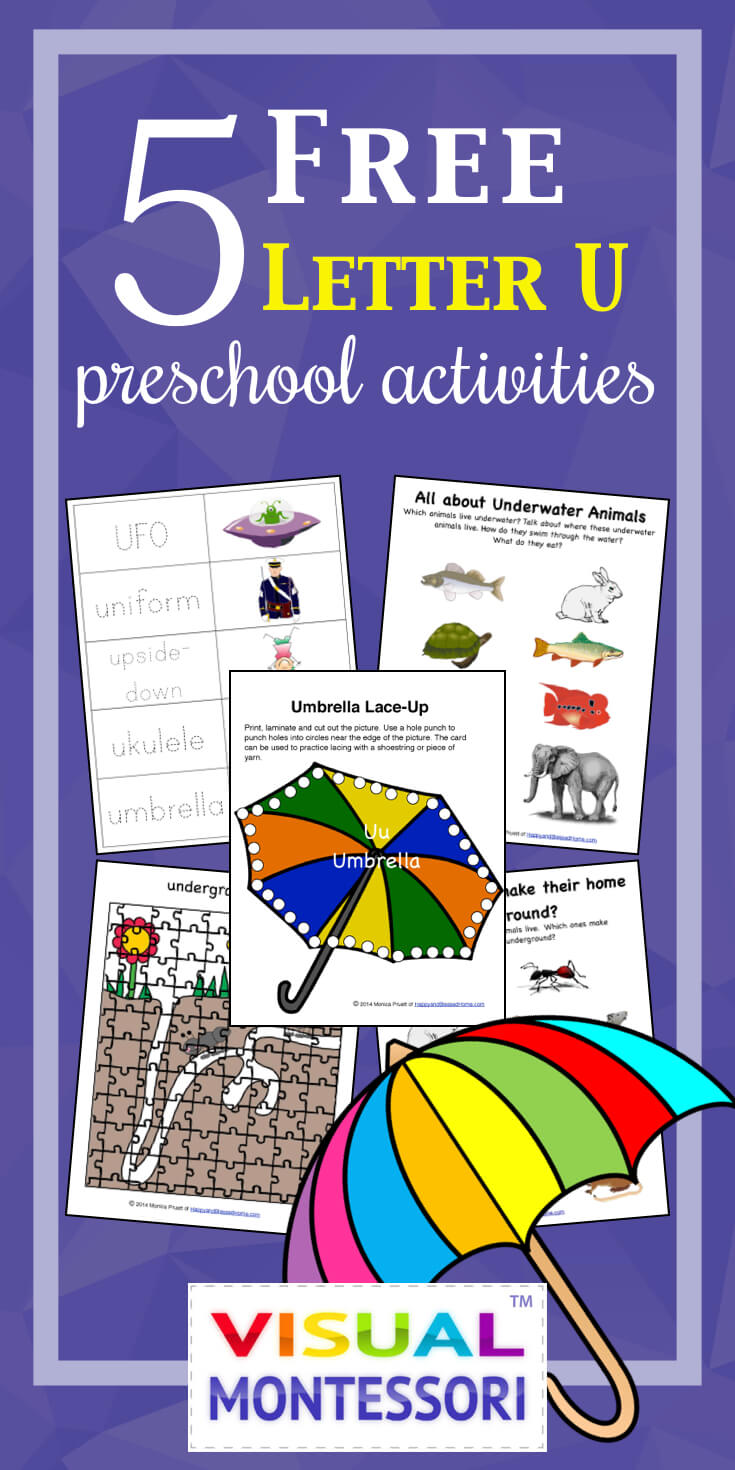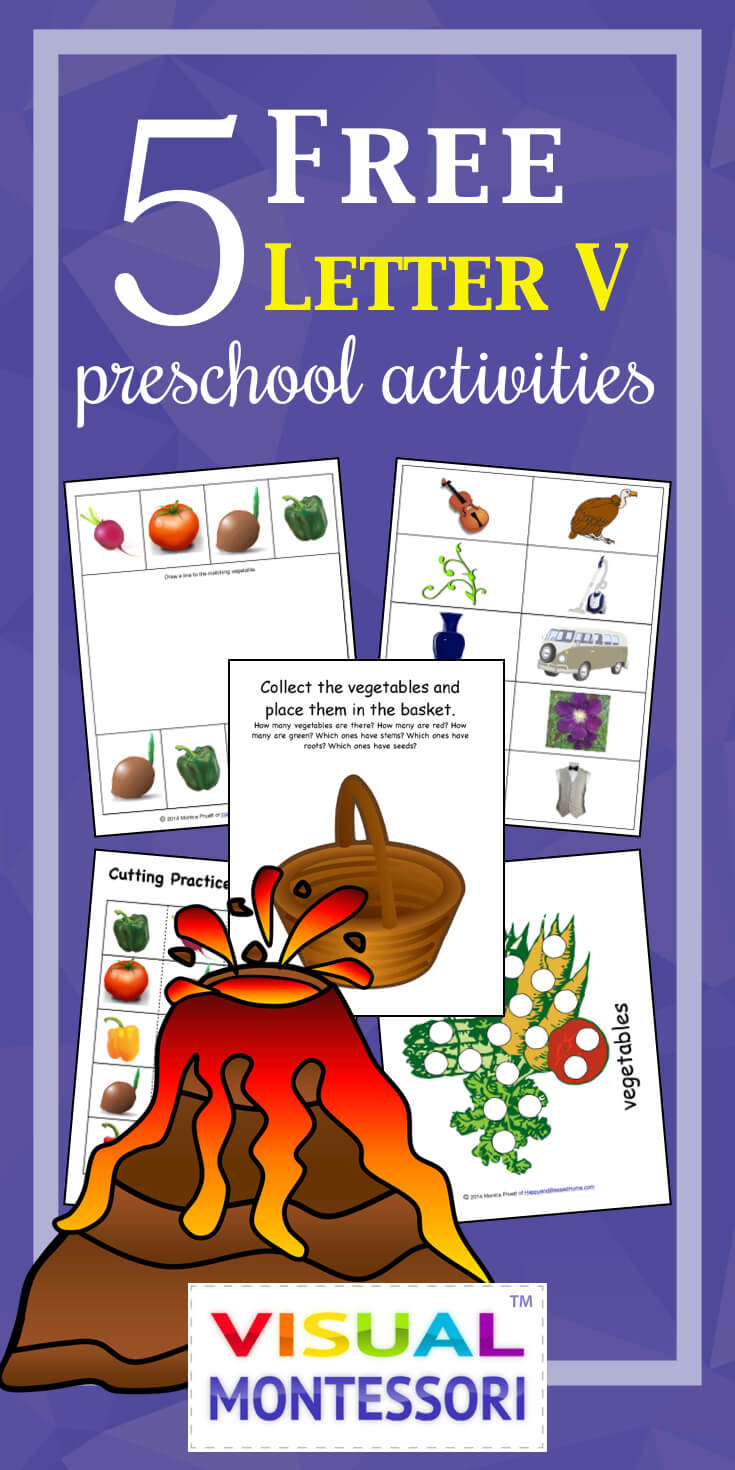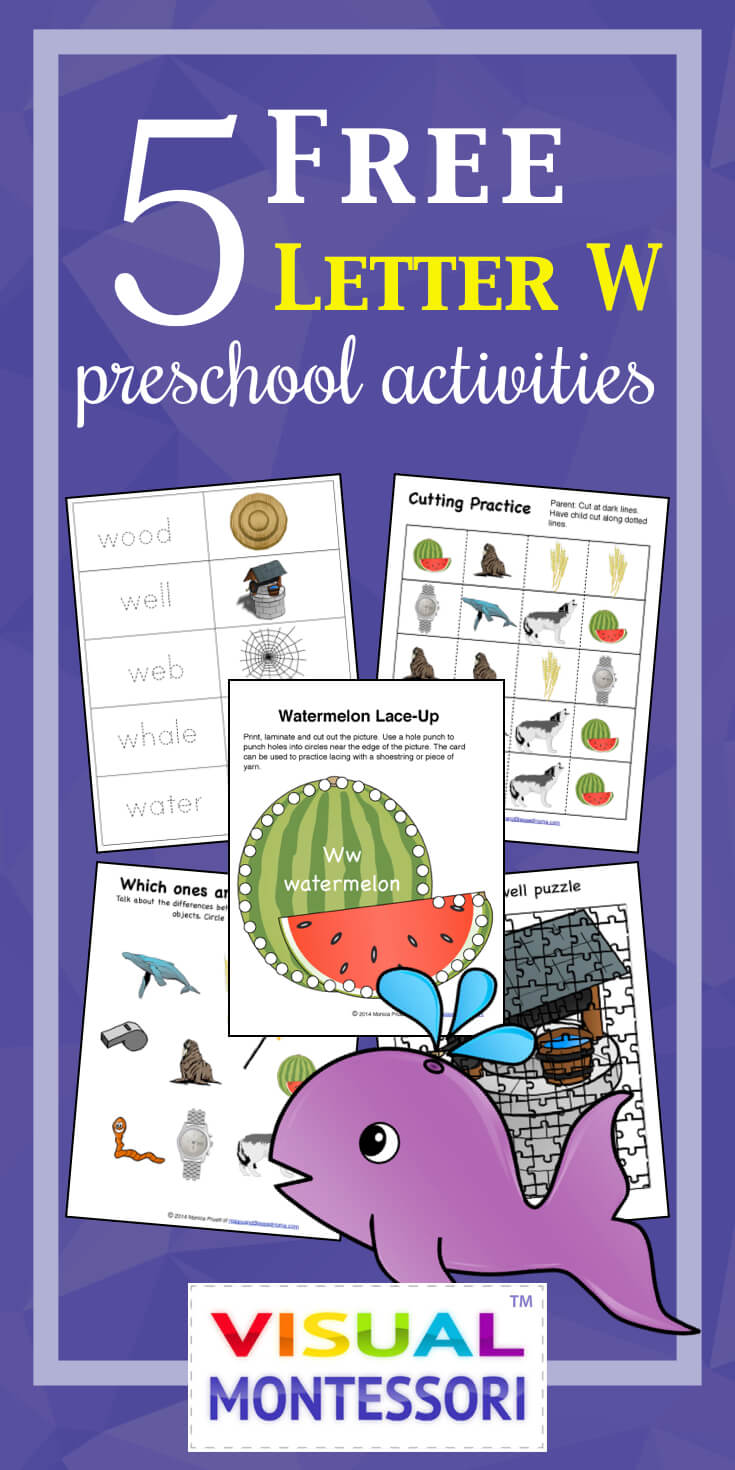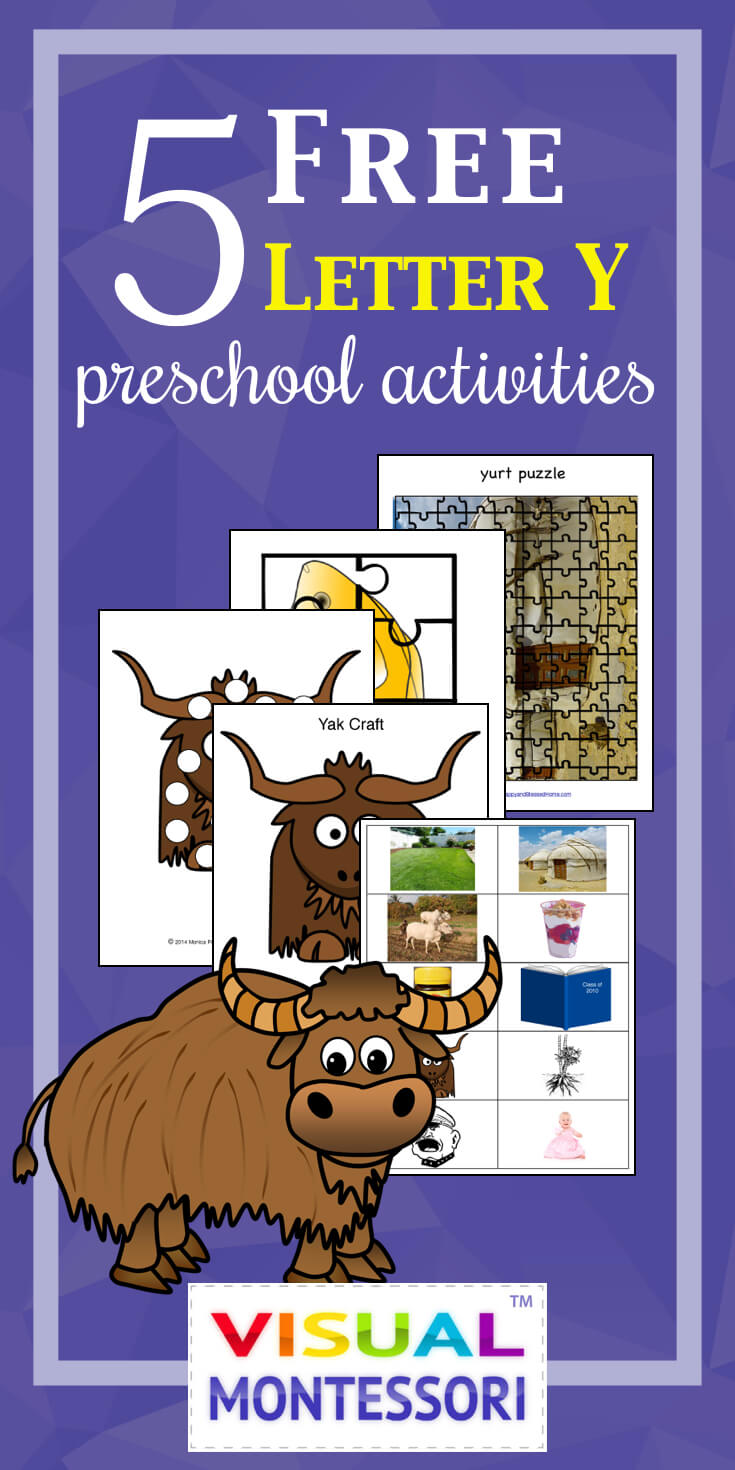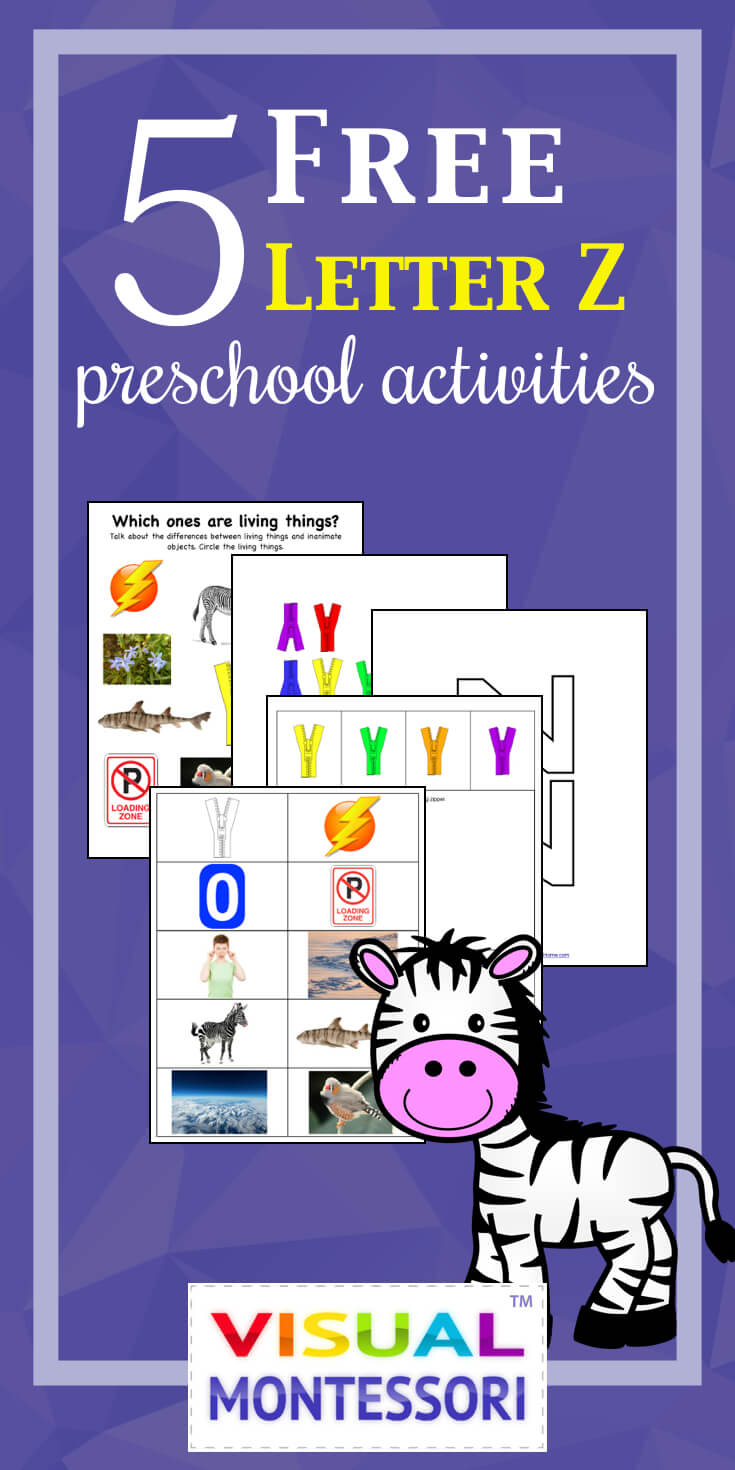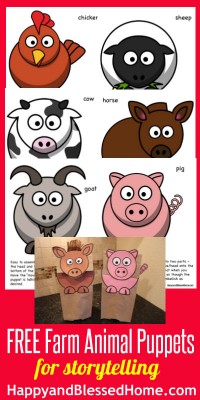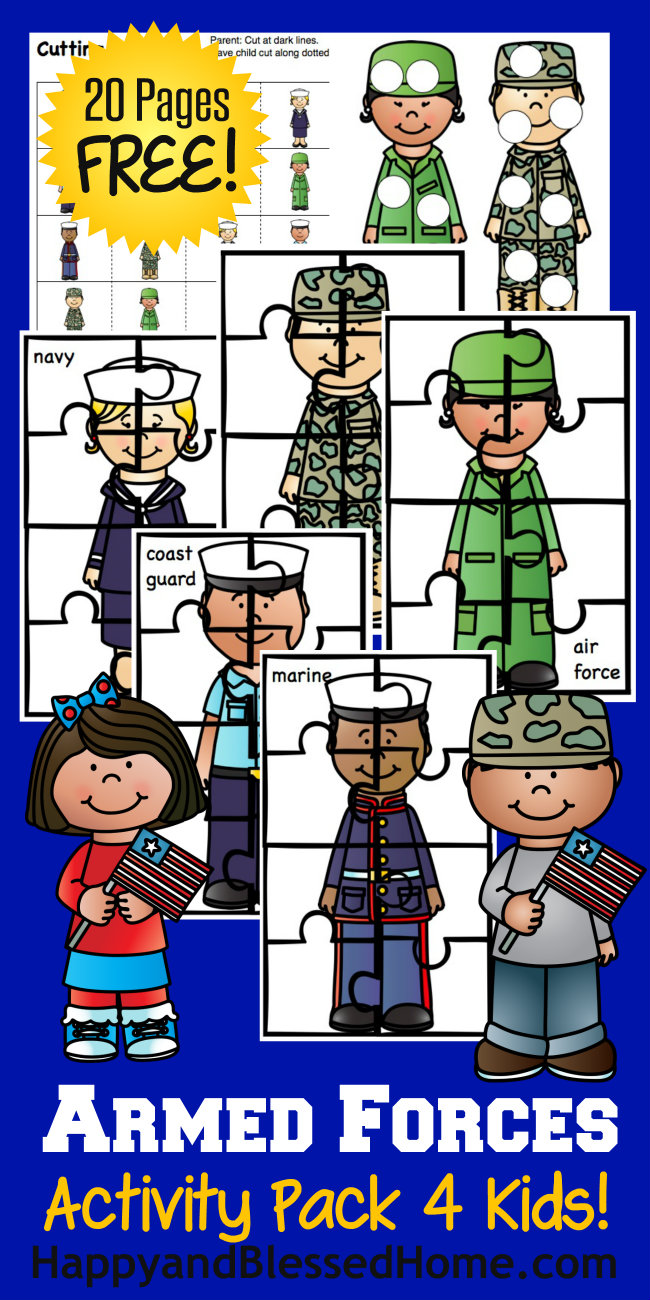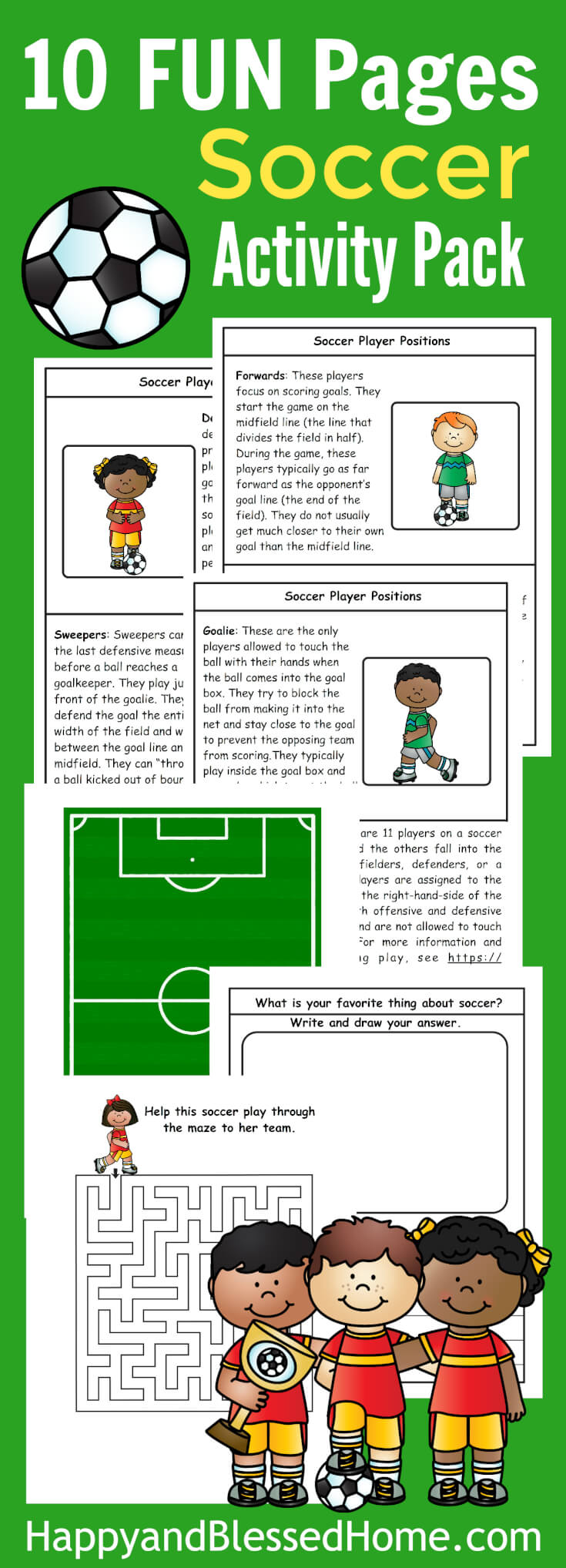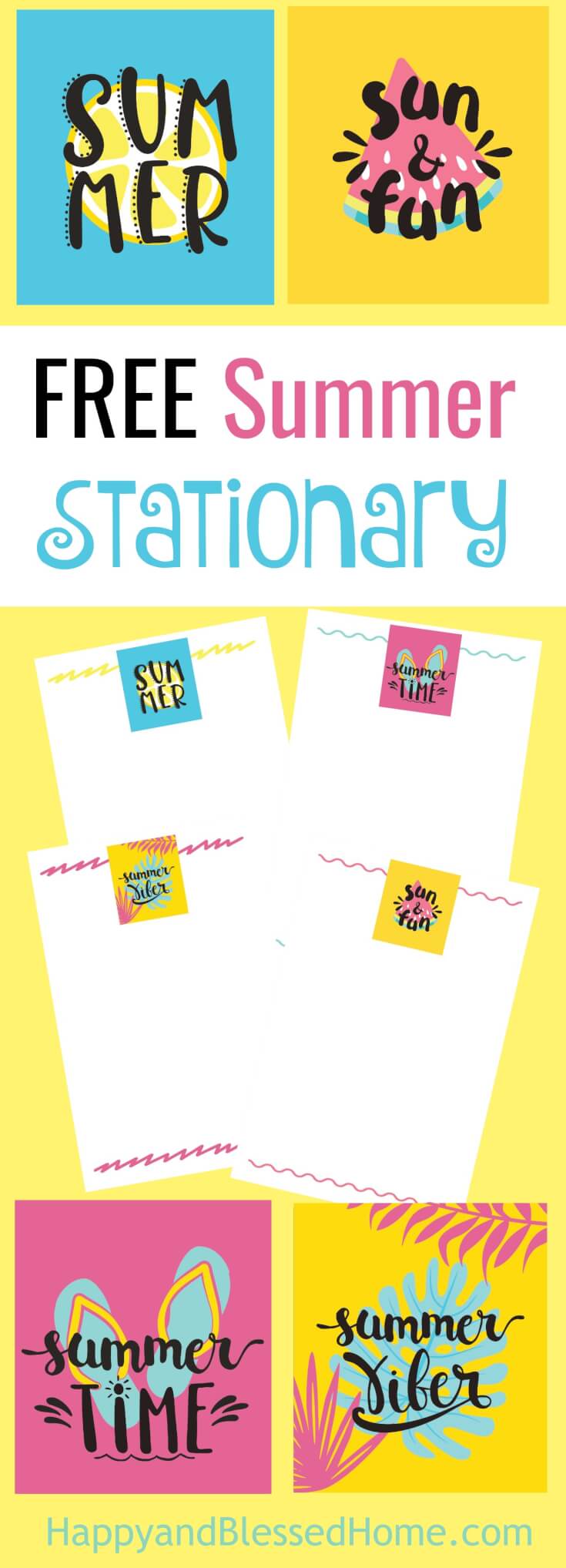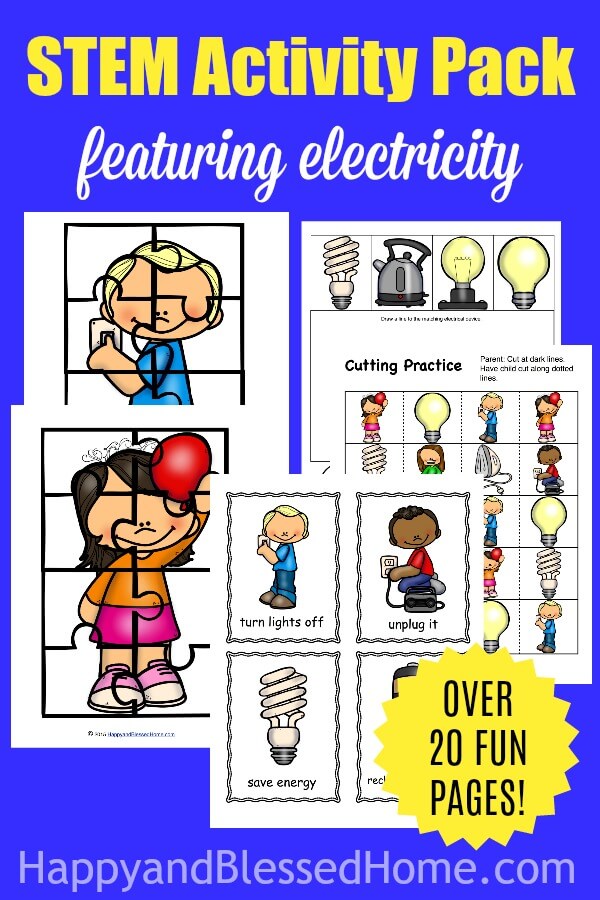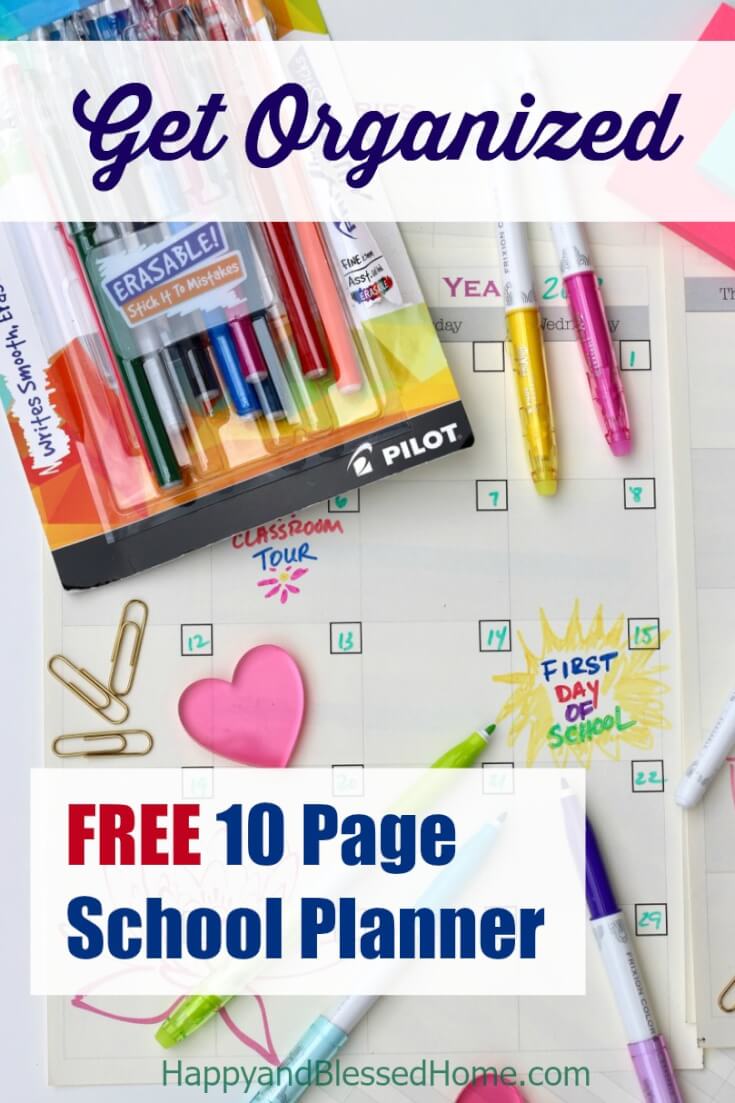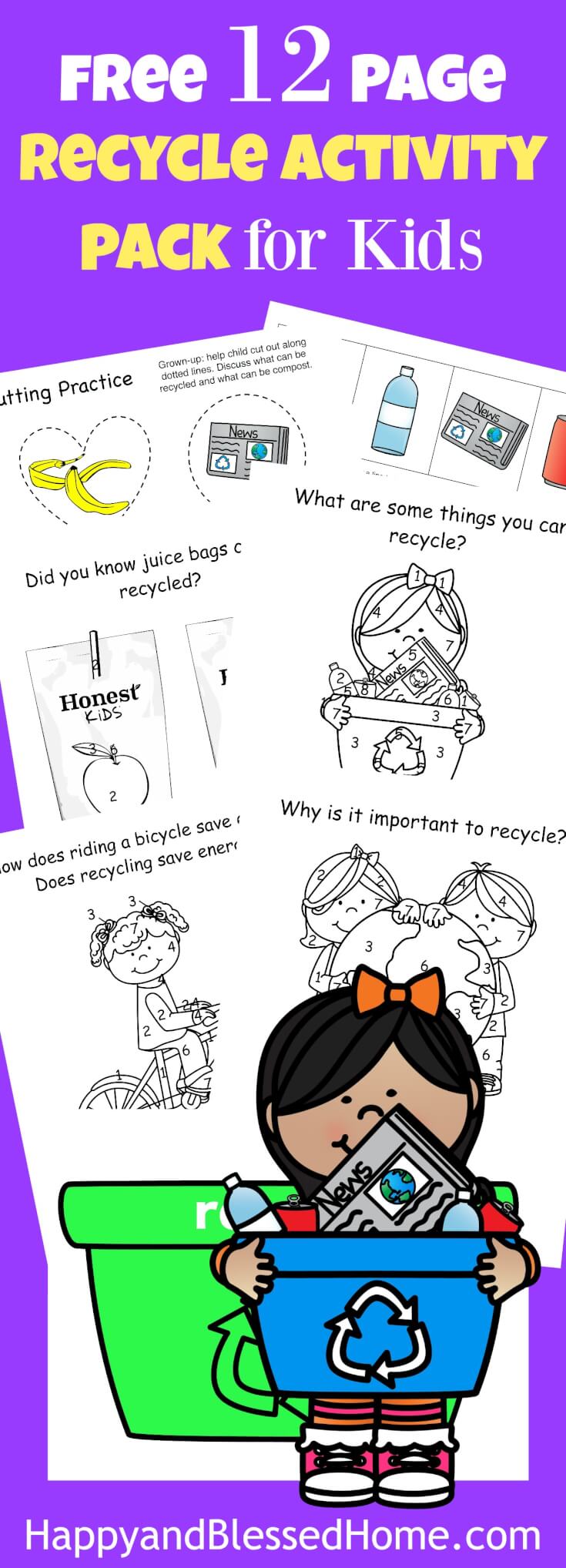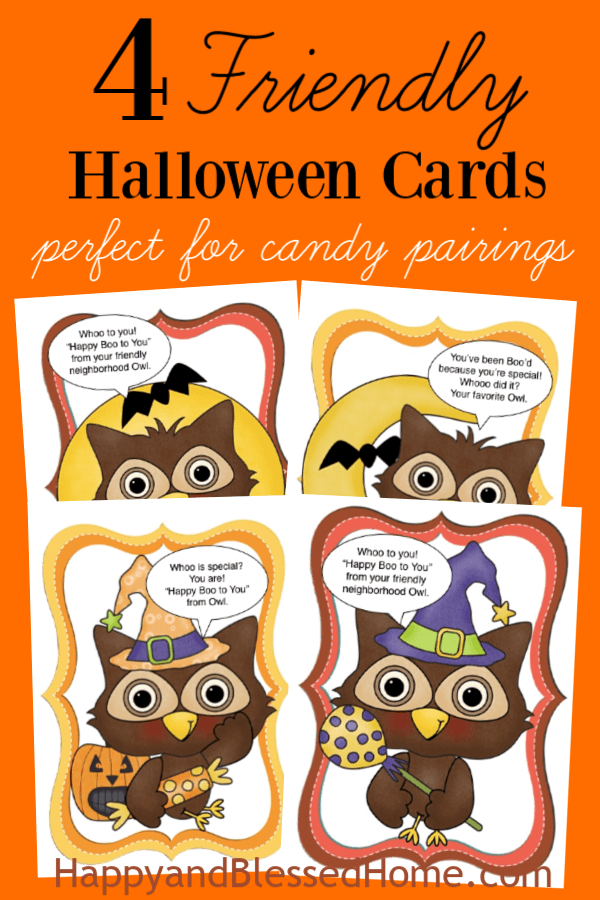If you’ve been following my blog then you know I’m reading Skills for Preschool Teachers by Janice J. Beaty. I’ve written about several important skills for preschoolers based upon the skills assessment charts included in the book and this week I’d like to share with you what I’ve learned about advancing pre-school reading behaviors from the advancing communications skills section of this wonderful book. I’ve included an affiliate link to the book for your convenience.
Since I am pre-schooling my two little guys at home I wanted to familiarize myself with what types of skills a preschool teacher would be working on with them, so I could make sure that I incorporate some of those activities into what we’re doing at home. I think these charts are great for all parents because they can help one understand what types of developmental activities will help their child prepare for kindergarten. These charts aren’t meant to encourage parents to compare their kids to other children in the same age group, but rather are a list to help one assess areas of strengths and areas of improvement as their child develops – keeping in mind that all children develop at their own pace.
Interestingly, in the section on advancing communication, just as much emphasis is placed on the preschool teacher as is placed on the student. This section focuses on how important it is for teachers to interact one-on-one with the children in their care. If you have your son or daughter in a preschool, you may want to take some time to observe the teachers in the preschool setting. See the attached list of skills and activities that the book recommends teachers should be engaging in to help children advance their communication skills. This includes advancing pre-school reading behaviors.
For me, as a mom, this chart is a great reminder of how important it is for me to talk one-on-one with my children. I need to take time out each day to listen to my children’s stories and encourage them to communicate with me and others around us.
The book emphasizes that children who spend time watching videos or television are not getting the same learning experience as those who engage with adults and other children in one-on-one interaction. Children need to practice speaking, listening, and conversing in order to learn how to communicate. The caretaker has the opportunity to have the greatest impact on the child’s ability to not only speak and understand language; these basic skills will also affect the child’s ability to comprehend words and sentences. This will impact their ability to read and write later on.
Activities to Advance Communication Skills
1. Reading books to children may be the single most important activity that caregivers engage in. Caregivers should read books aloud to children as often as possible to help children learn how to communicate by learning about the spoken language.
2. Encourage participation among children – pick stories that make sounds like “moo”, “baa”, “ring”, etc… and encourage children to make noises with you; or ask them questions about the characters in the stories or about “what comes next?” Encourage children to communicate with each other, model how to ask questions, invite others to play, and show them how to listen to other children.
3. Use dramatic play. I’ve created some puppets and book boxes (some as guest posts on other blogs) to make for fun animated story-times at our house, see the following examples to inspire your own creative ideas: Ted and Fred Puppets (guest post on CraftsforKidlets), Brown Bear Book Box, The Very Hungry Caterpillar Book Box (guest post on CraftsforKidlets), and Five Wishing Stars Book Box (guest post). Encourage children to re-enact stories through play – you can use props or costumes to ignite interest. Each of these book boxes and puppet posts come with FREE printables so you can recreate these stories at home.
4. Inclusion – some books have audiocassettes to go along with the story, or you may want to try LeapFrog products that allow emergent readers to tackle reading with a special book and reading wand that can help tech them how to read. Be sure to check your local library for more resources.
I’ve included some of our favorite books and LeapFrog products here for your convenience. I am recommending some of the tools we have in our home so I can personally vouch for these products.
Some of our favorite books for our emergent reader:
Mr. Brown can Moo. Can You? – This book is full of wonderful nosies and sounds to help your child associate sounds with letters.
Goodnight Moon is a not only great for emergent readers, it’s a perfect bedtime story book.
There are also a series of books that you can read with a Tag Junior (a LeapFrog Reading Wand), one of my son’s favorites is Thomas & Friends: Best Friends.
Tag Junior is a reading wand that helps emergent readers recognize letters on the page and helps them learn how to read. Scout, a green puppy, is the wand for boys, and Violet, a purple puppy, is the wand designed for girls.
I’ve included two of our favorite DVDs. In the DVD below, “LeapFrog: Learn to Read at the Storybook Factory (2011)” Tad and Lily help create a talking storybook about the Three Little Pigs. I love how it teaches my preschooler about punctuation, chunking, sounding out words, and reading sentences. With catchy songs and words that light up as the story is read, this is a great way to help a child notice words on the page. This DVD is 4 1/2 stars with over 100 reviews on Amazon.
In the DVD “LeapFrog: Let’s Go to School (2009)” Tad, Lily and their magical firefly Edison take a tour of the classroom and learn all about building blocks, the globe, a wall clock and more. They learn key lessons about phonics, counting, days of the week, and animals. What we enjoy about this video are all the fun songs. Through these songs my preschooler already knows the days of the week and the months of the year. There are 67 reviews with 4 stars on this product. The only negative review I’ve seen on it is that the reviewers felt it was for children older than 3 years of age. I think it depends upon the child. My little man is just slightly older than 3 and he loves this video.
To assess your preschooler’s pre-school reading behaviors (a part of advancing their communications skills) you can use the following chart:
I think it’s exciting to observe my eldest as he adapts these behaviors. His curiosity about stories and reading is fun to watch. Using this chart as a guide helps me to recognize that even the simplest non-verbal cues indicate that our son is advancing in his reading behaviors. I hope that you also find this chart helpful.
If you’d like even more ideas for some fun preschool activities, you should read my post on the developmental areas of Montessori. It’s packed full of ideas to help you educate and have fun with your preschooler.
Some other categories for assessment include:
- Small and Large Motor Skills
- Creative Movement and Curiosity
- Cognitive Concepts
- Listening and Speaking Skills for Teachers
- Reading Behaviors
- Writing Behaviors
- Self-Concept
- Self-Help Skills
- Social Skills
I’ll be blogging about some of the other skills as we progress.
If you found this post helpful I’d love to hear from you in the comments. You can also help my blog grow by liking my Facebook page at: HappyandBlessedHome.
In His Grip,
I link to over 100 parties a week. Additional links can be found at my Link Party Page.
To leave a comment on any post, click the headline of the post and it will take you to a page where you can leave a comment at the bottom of the post.
